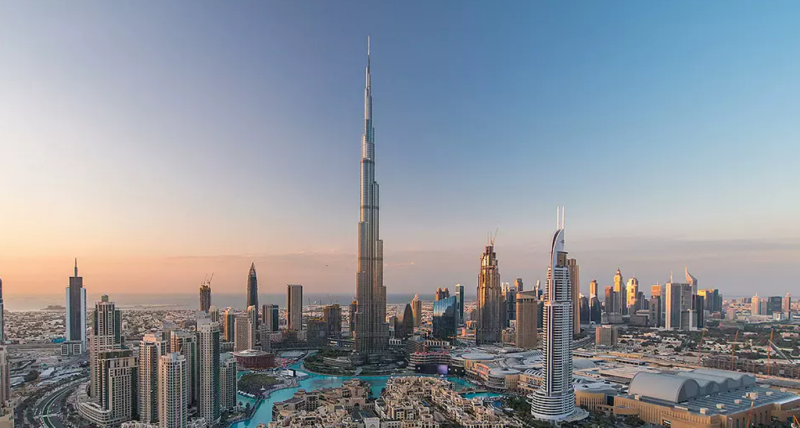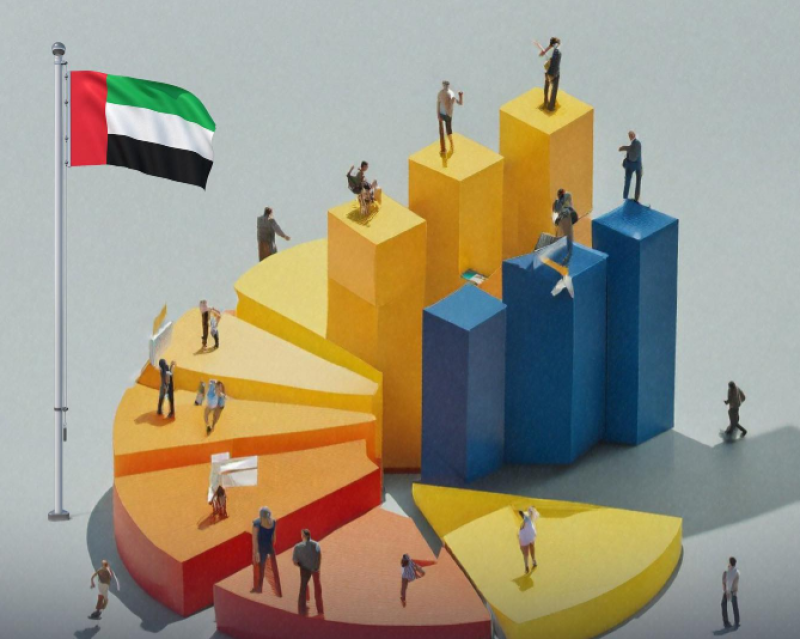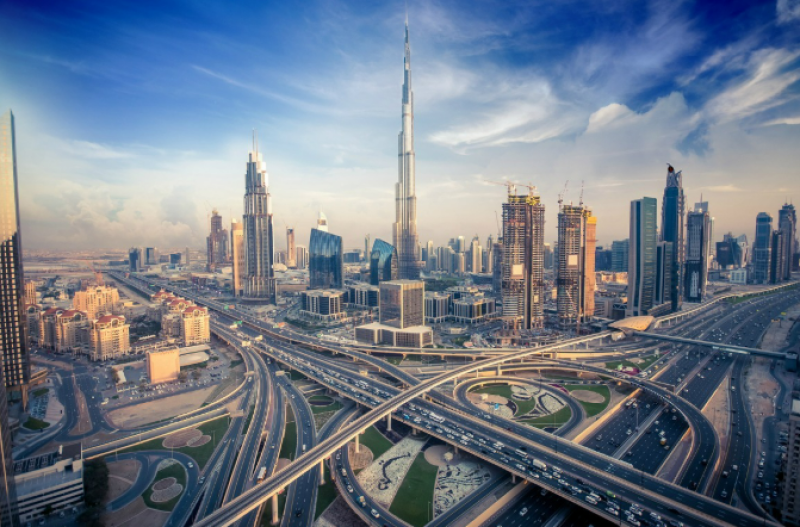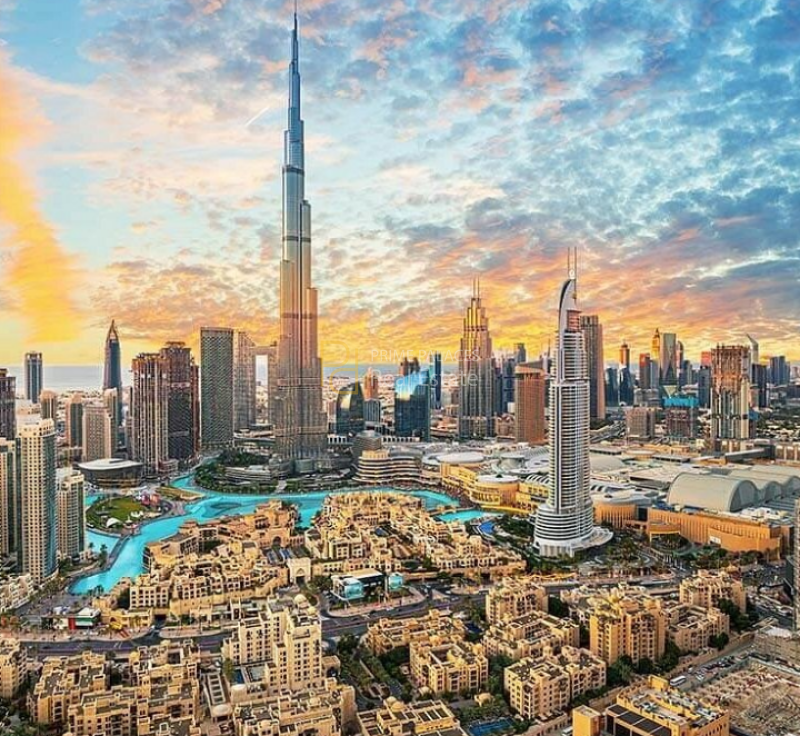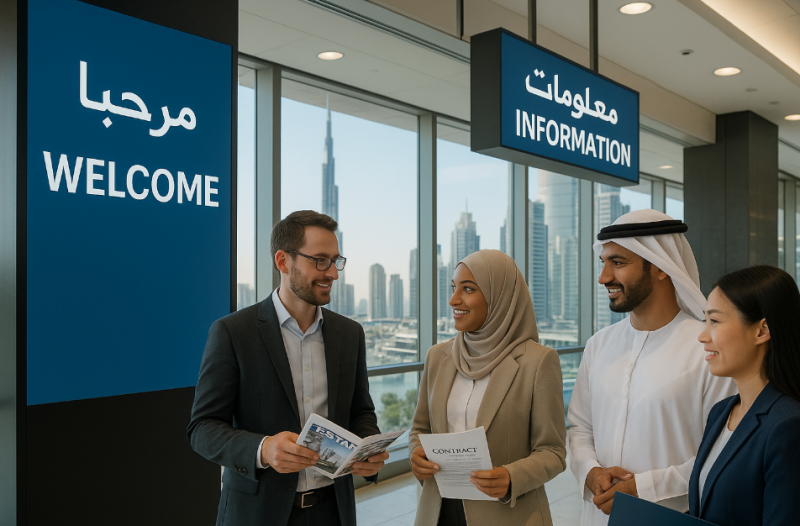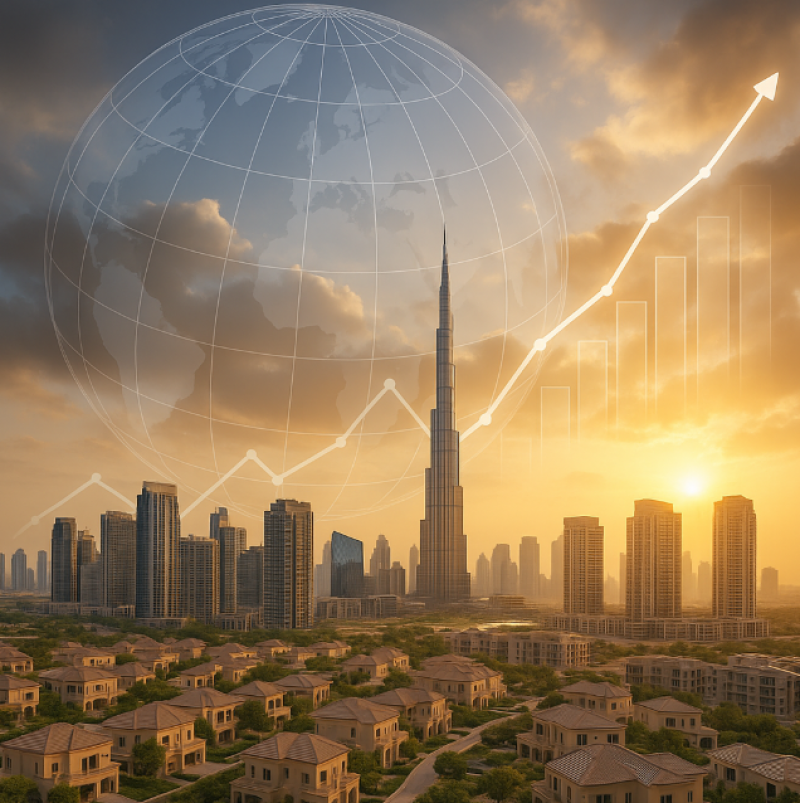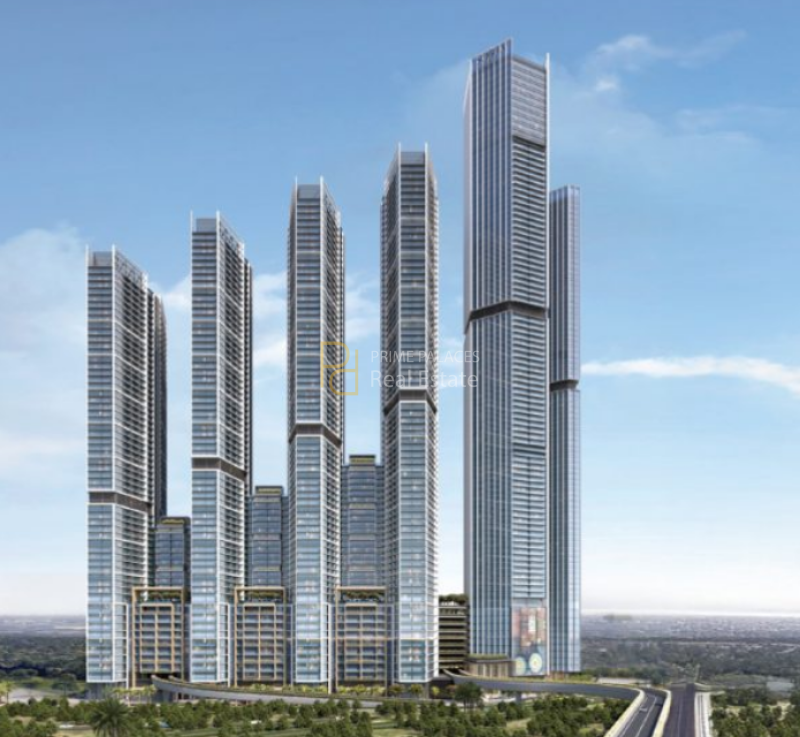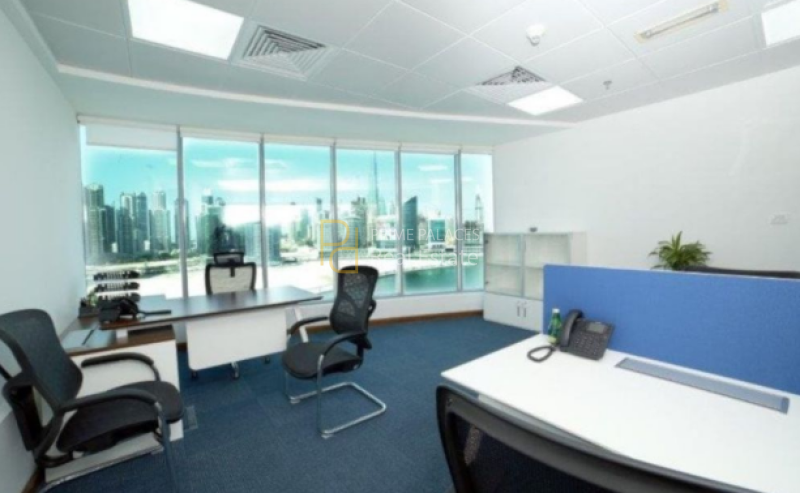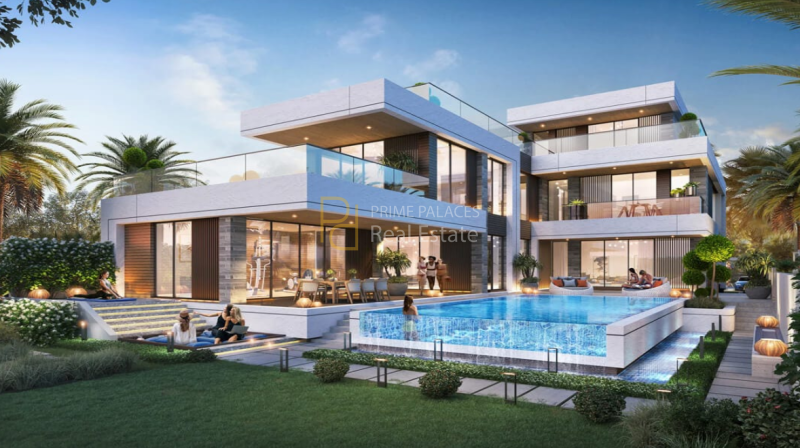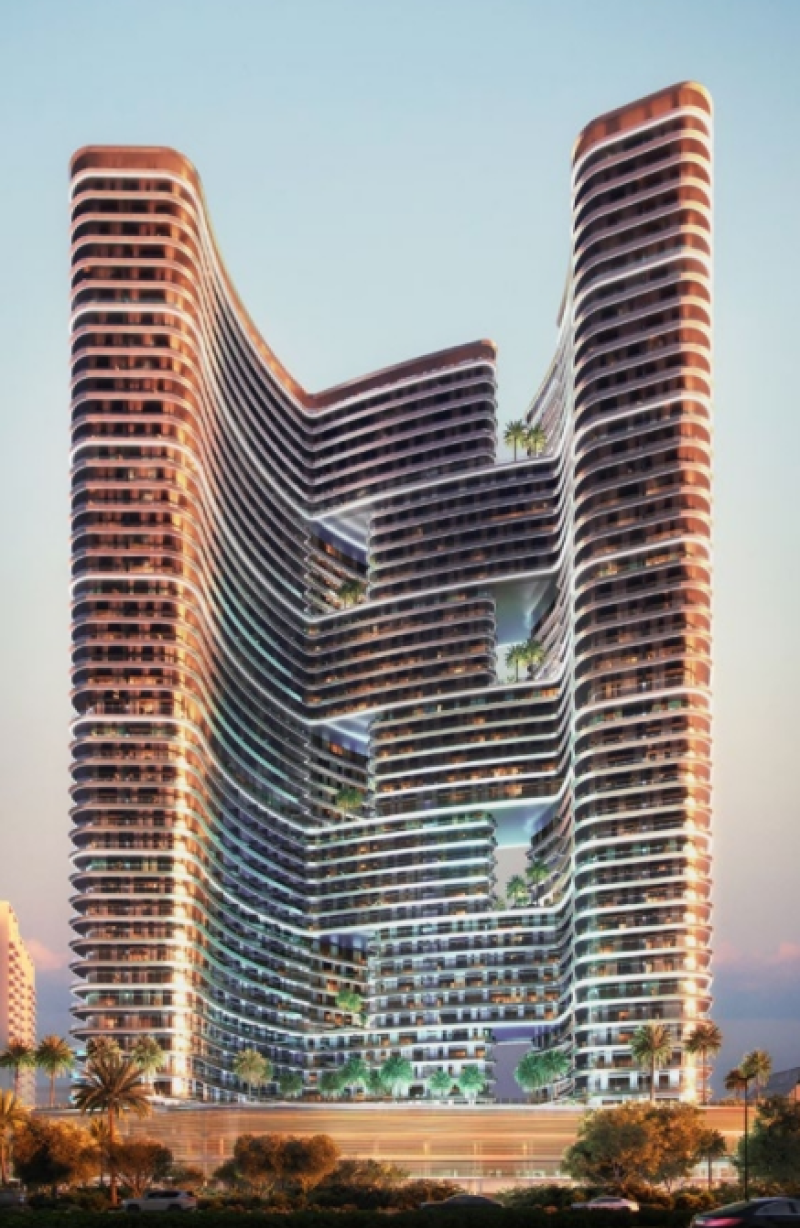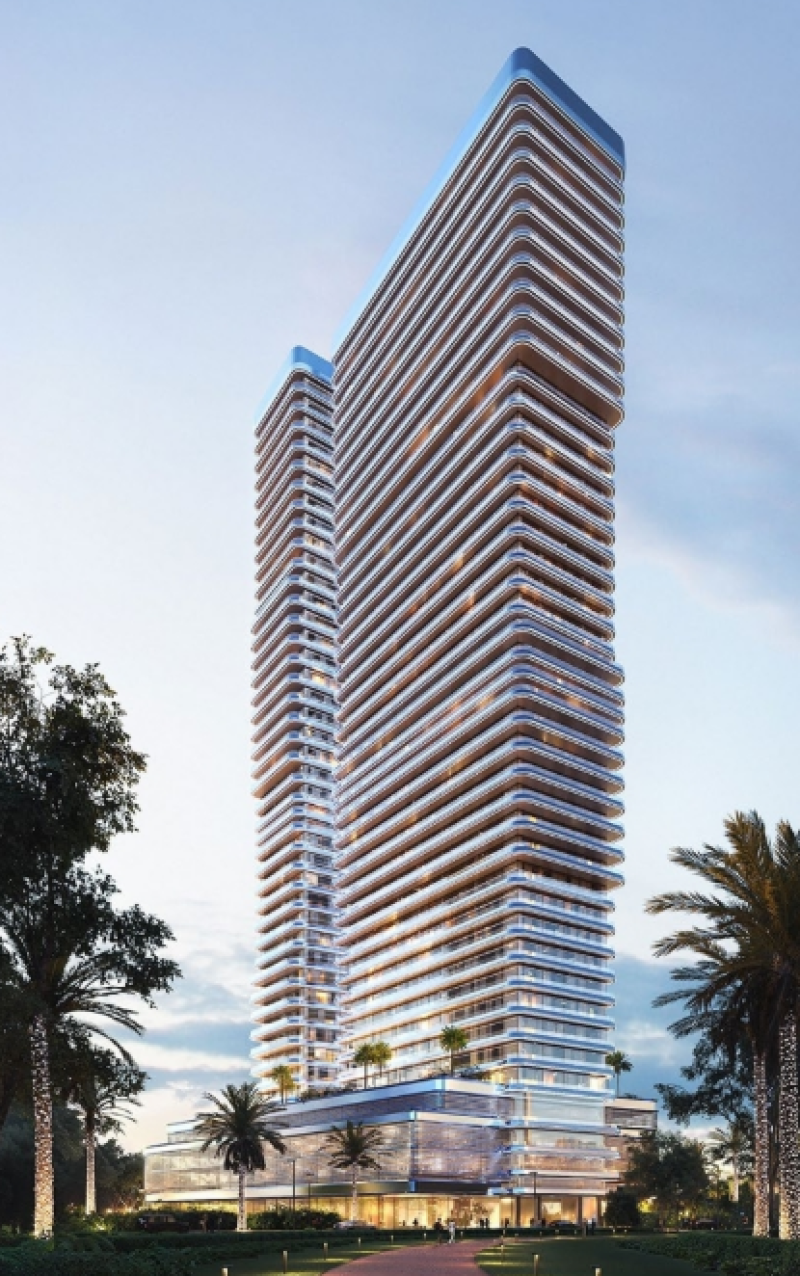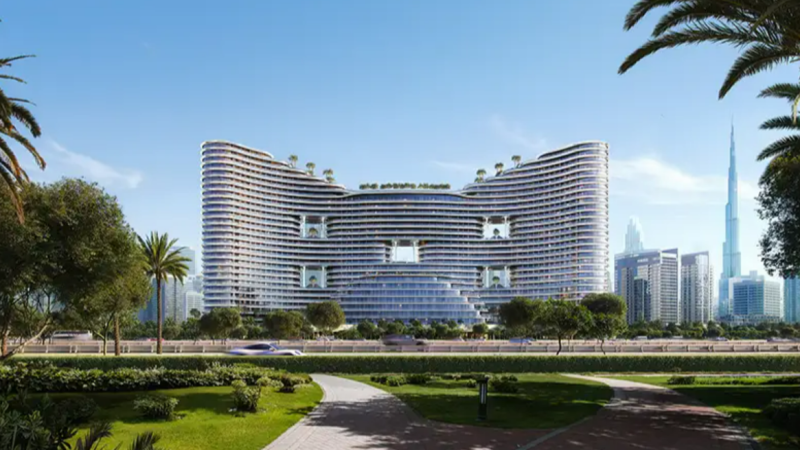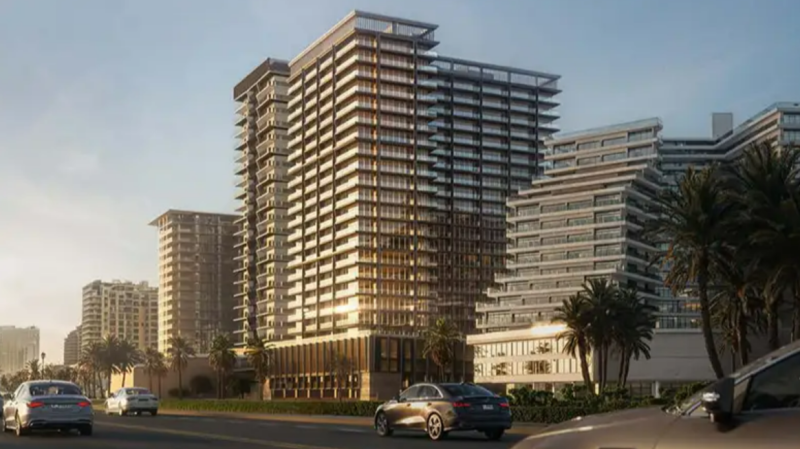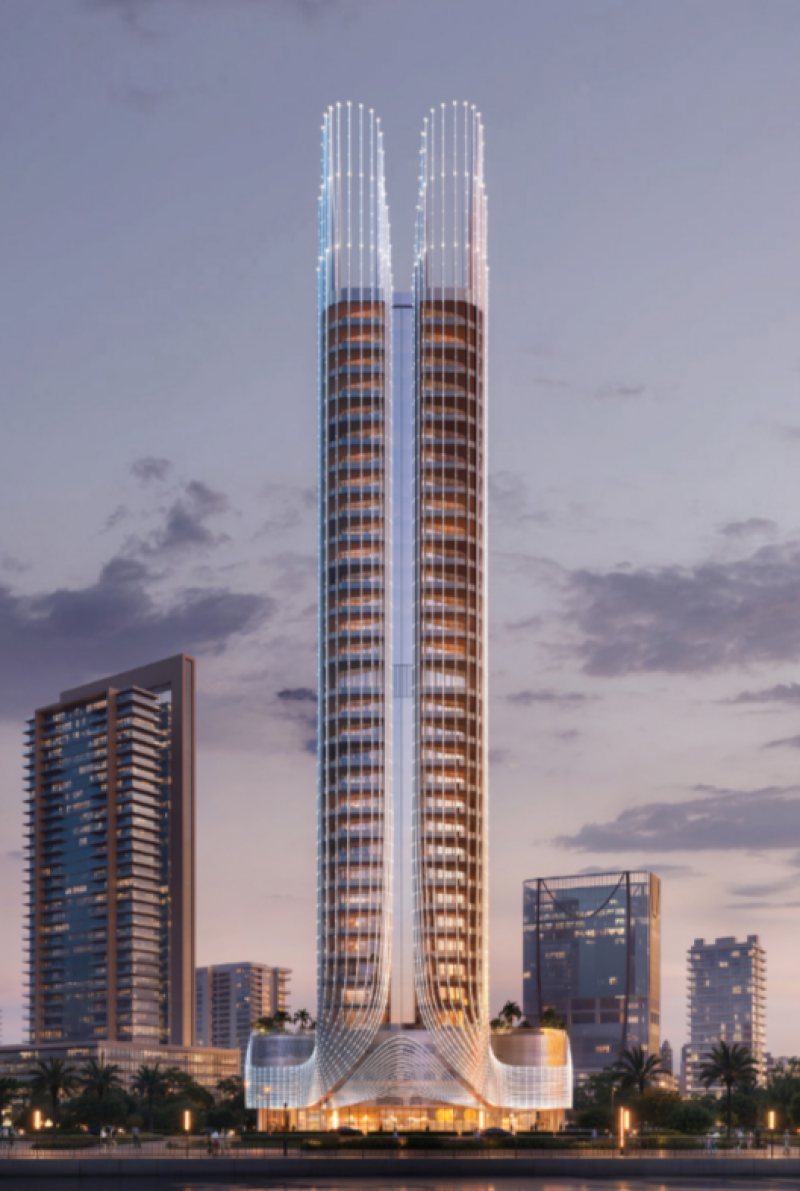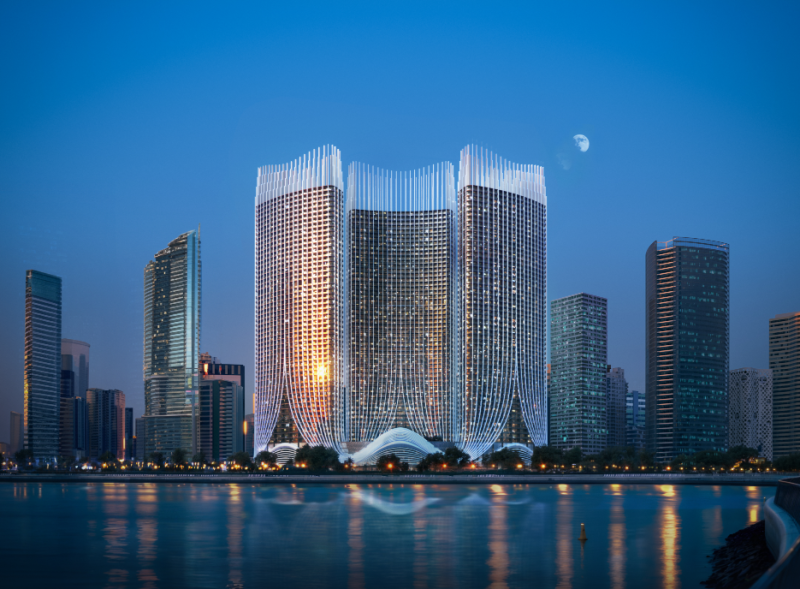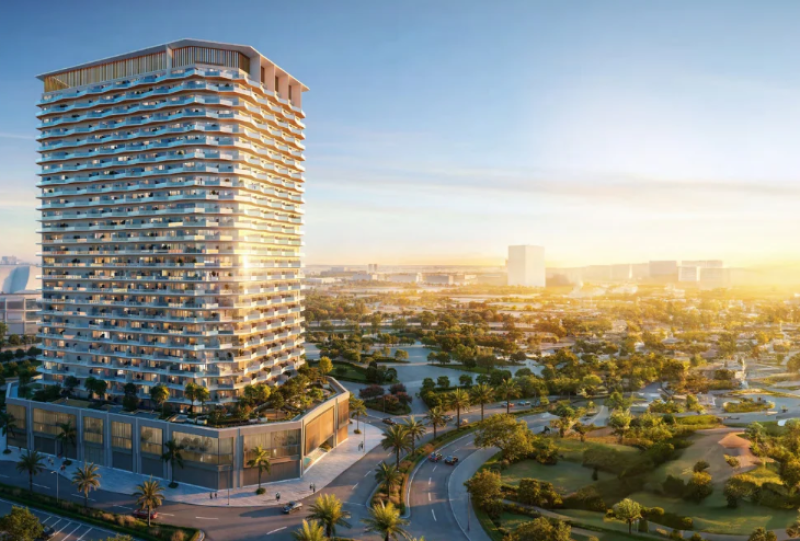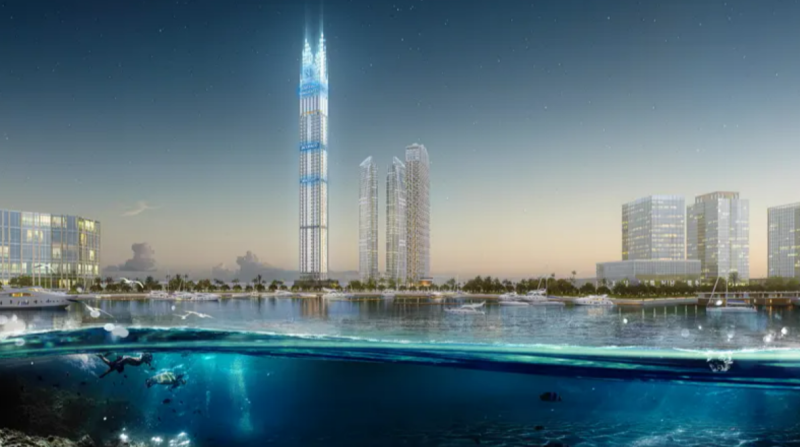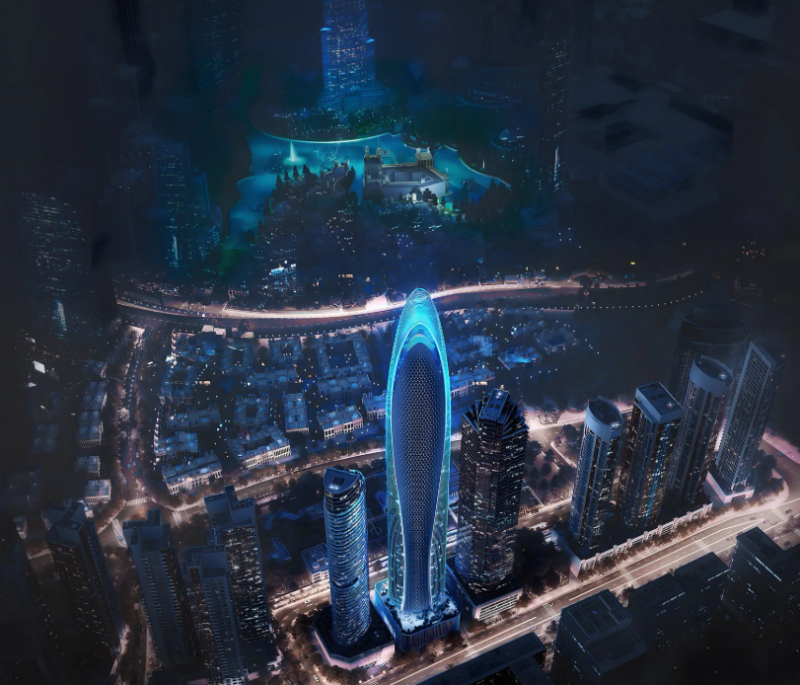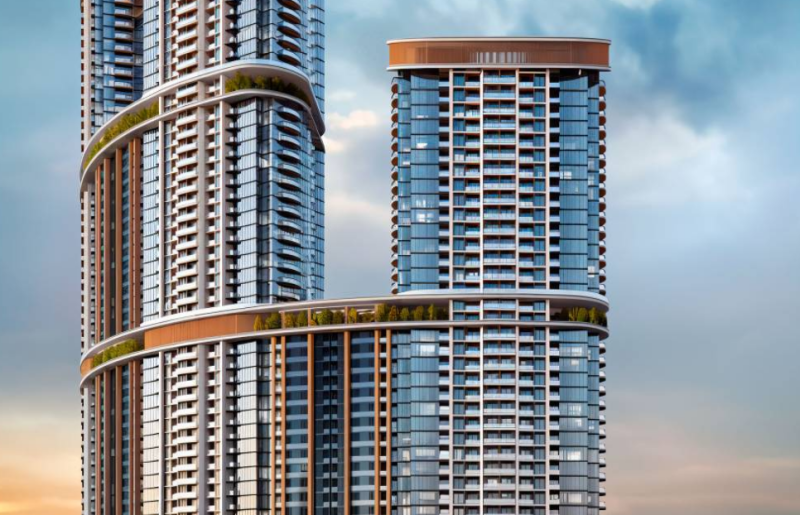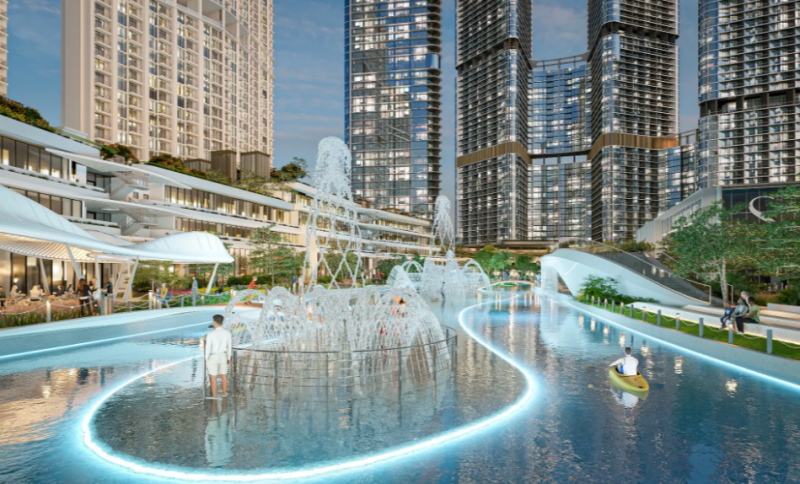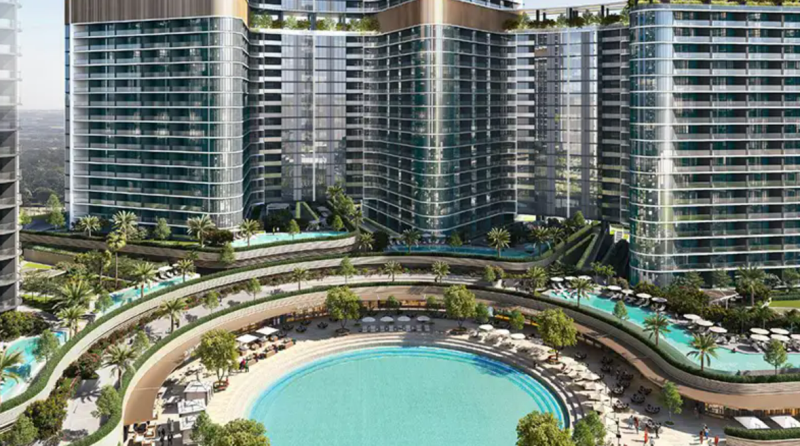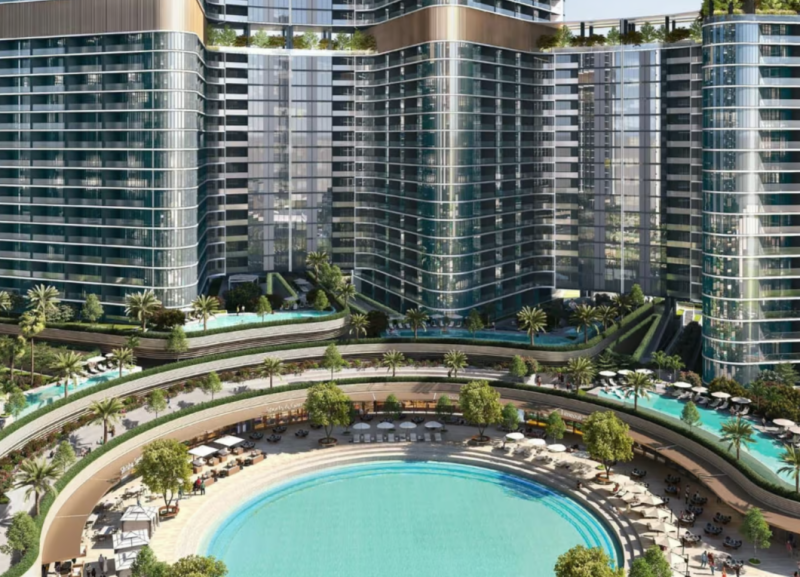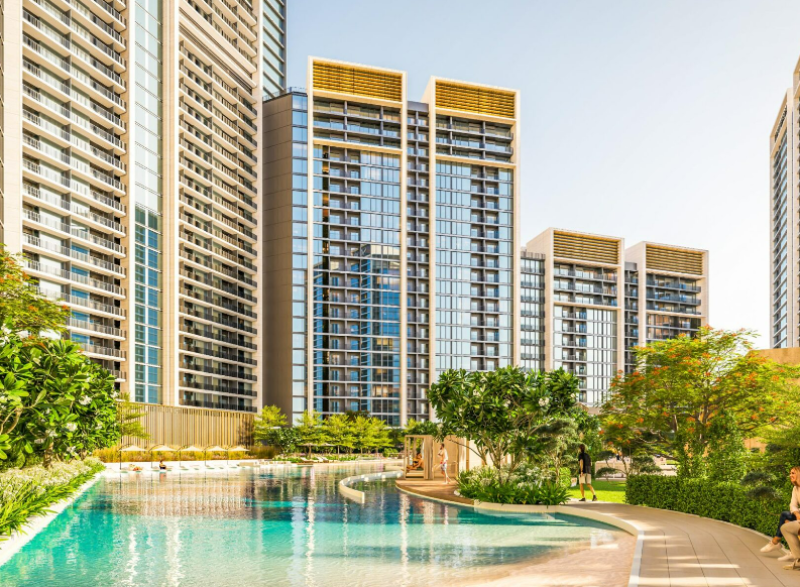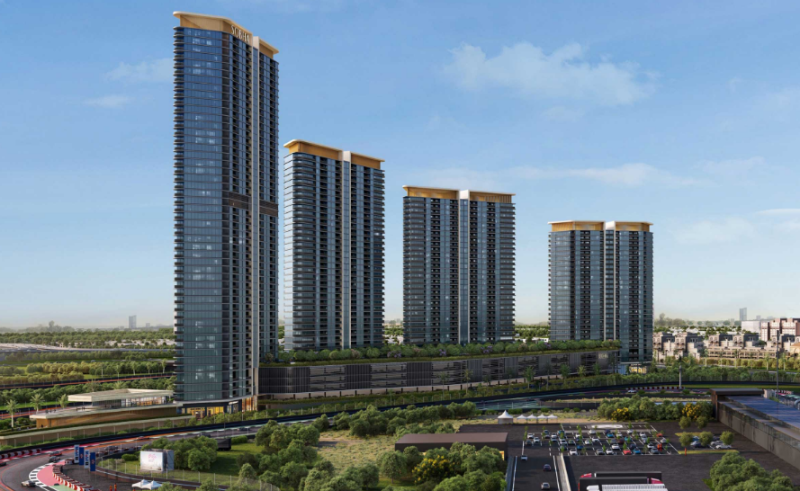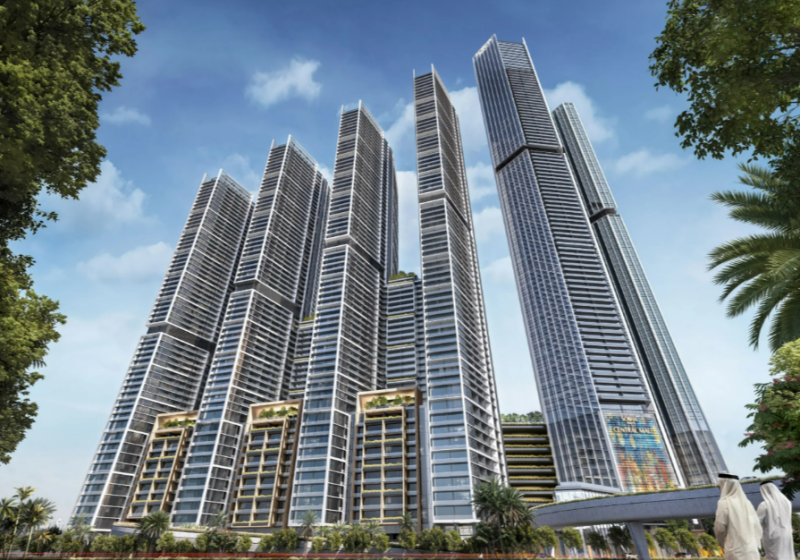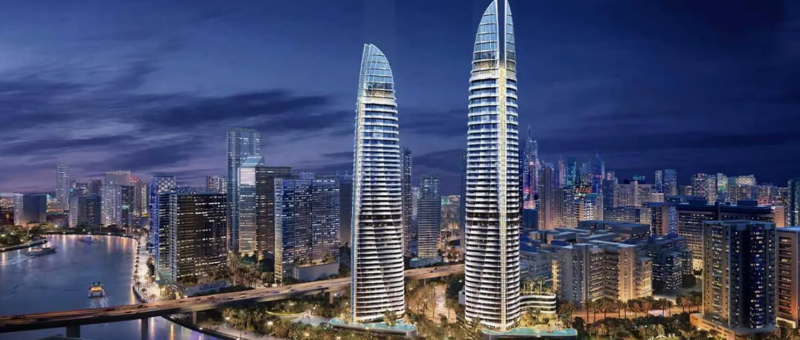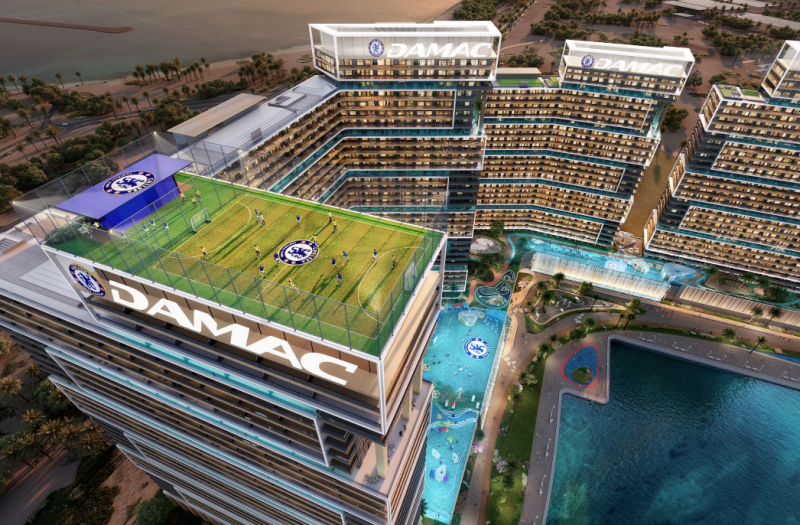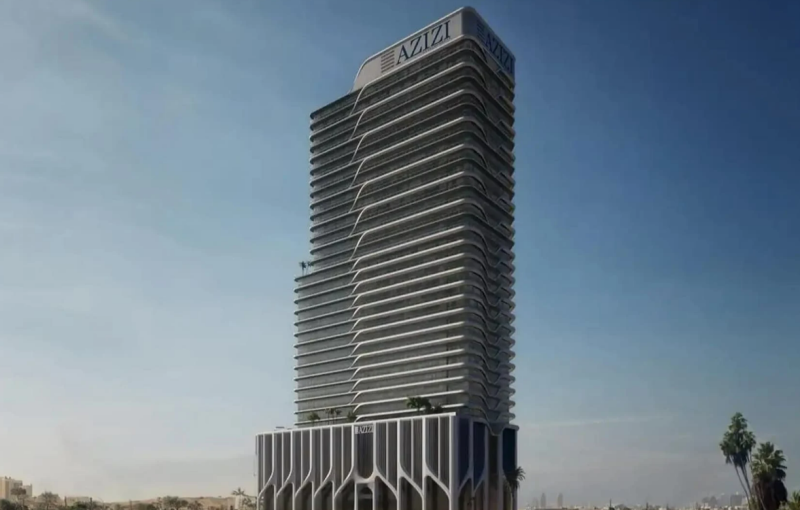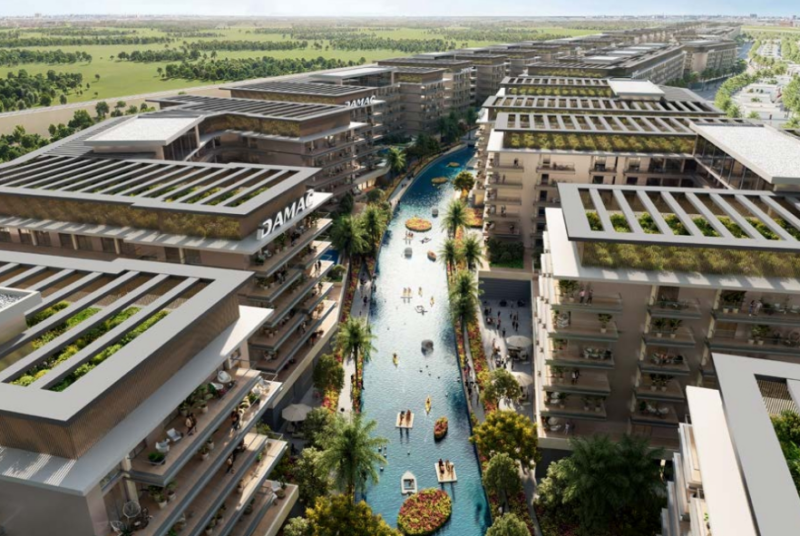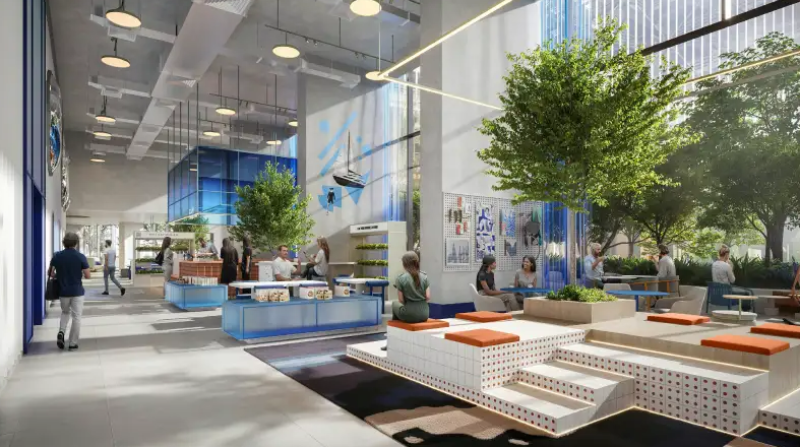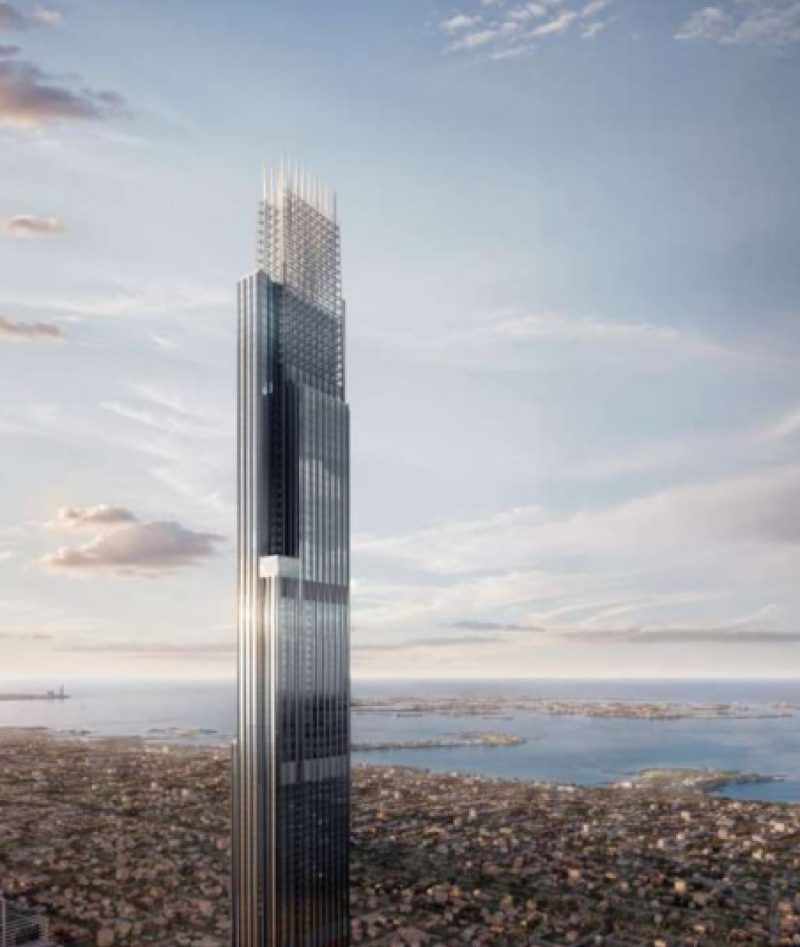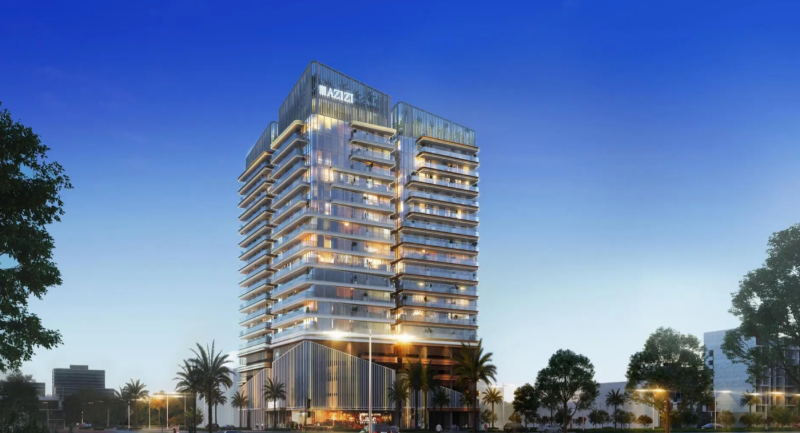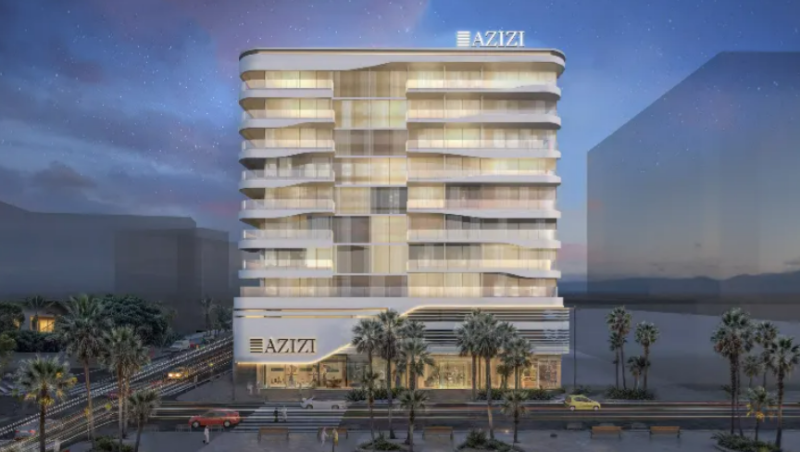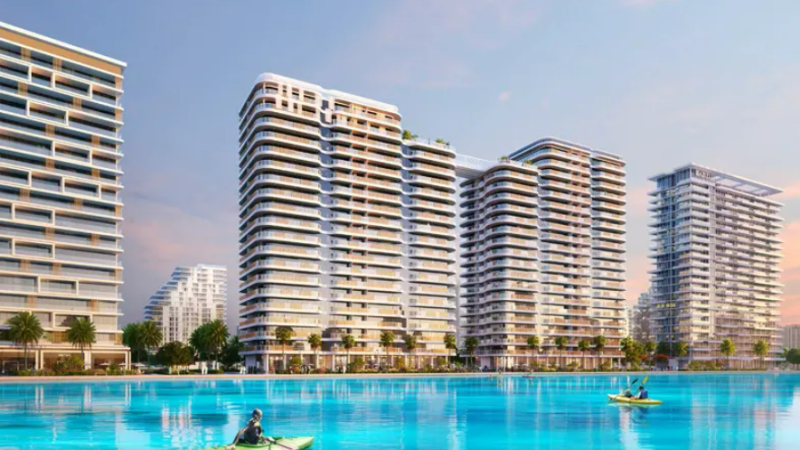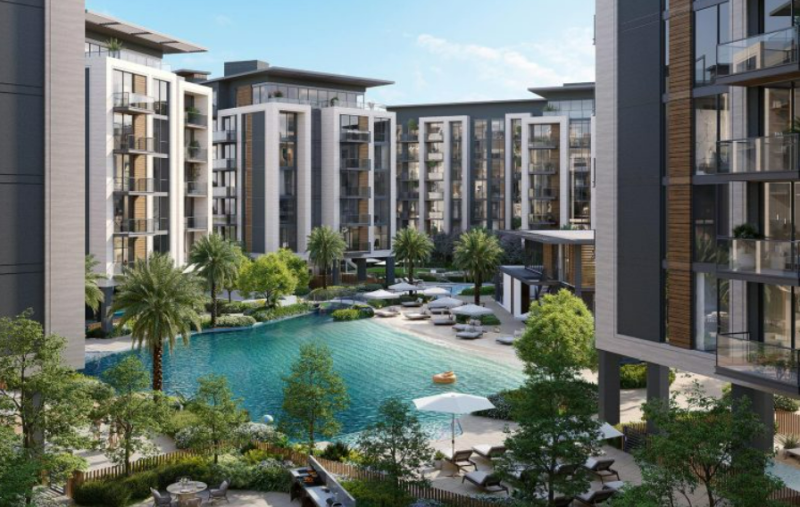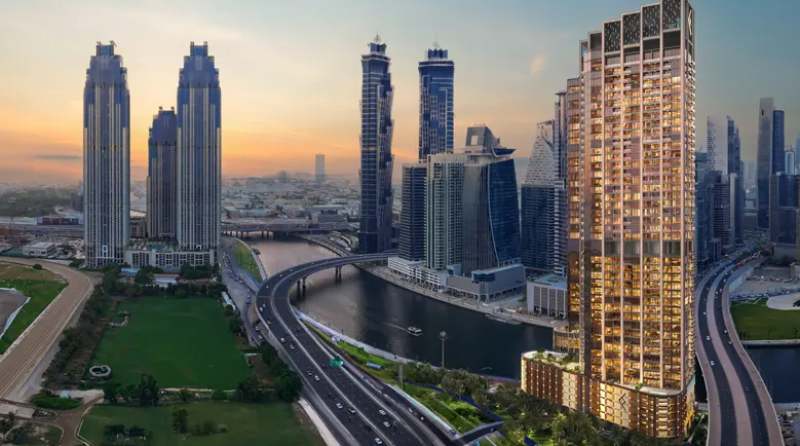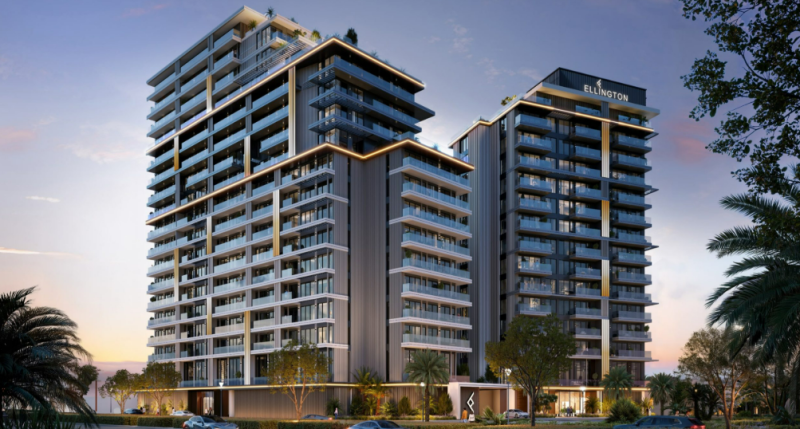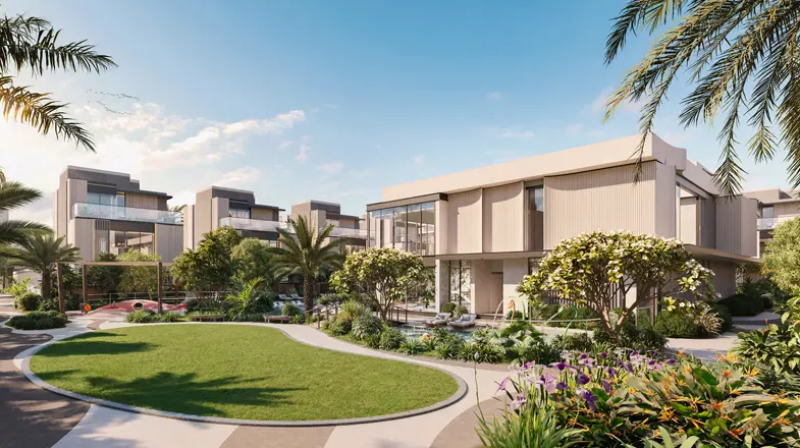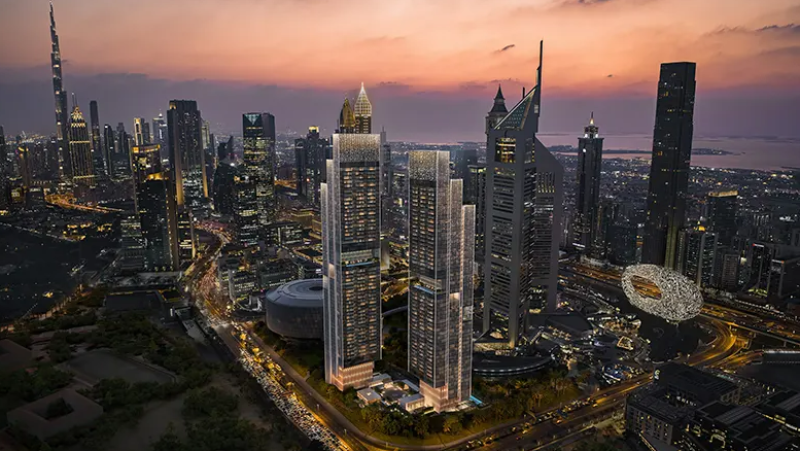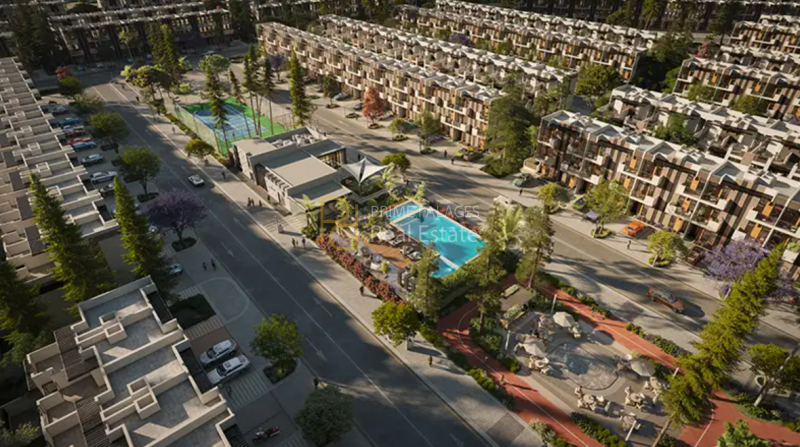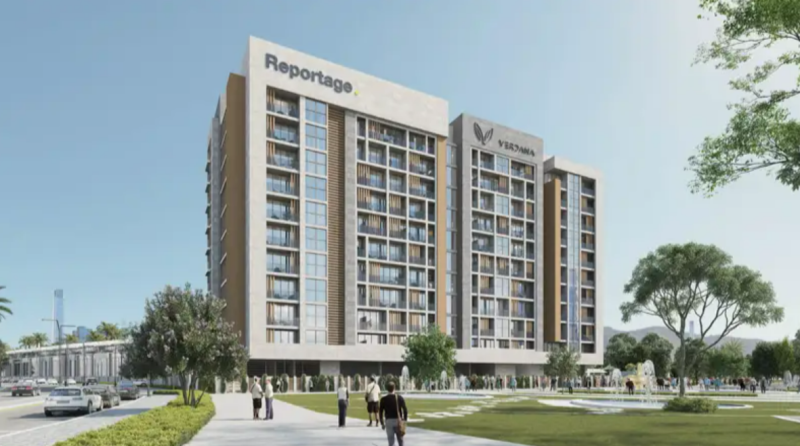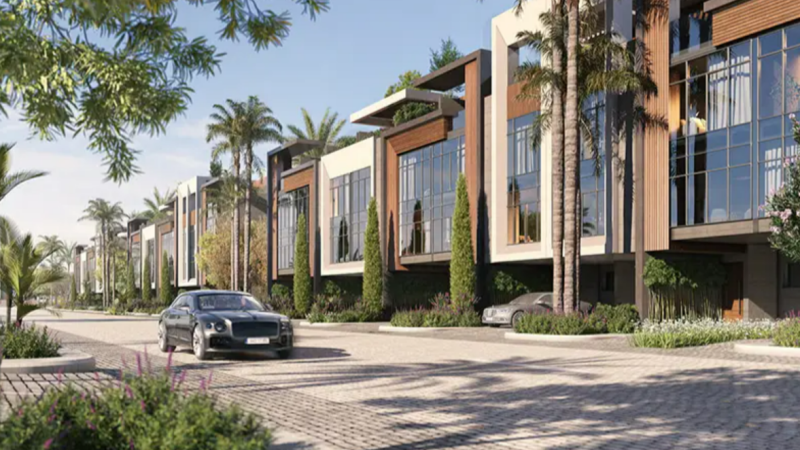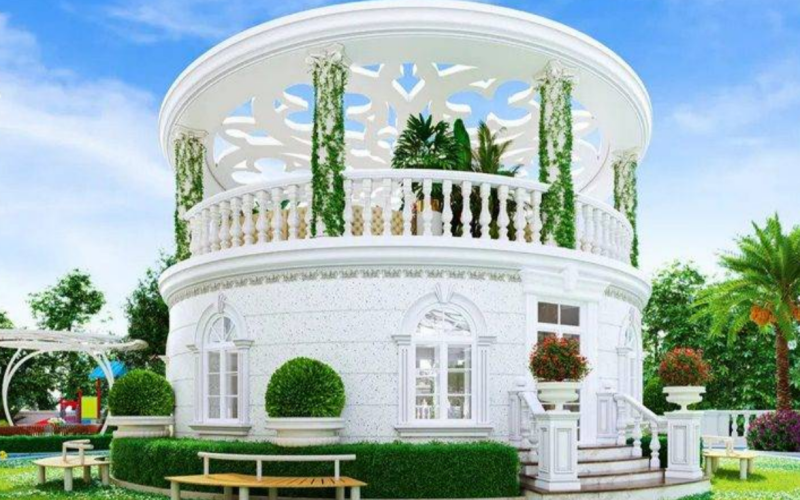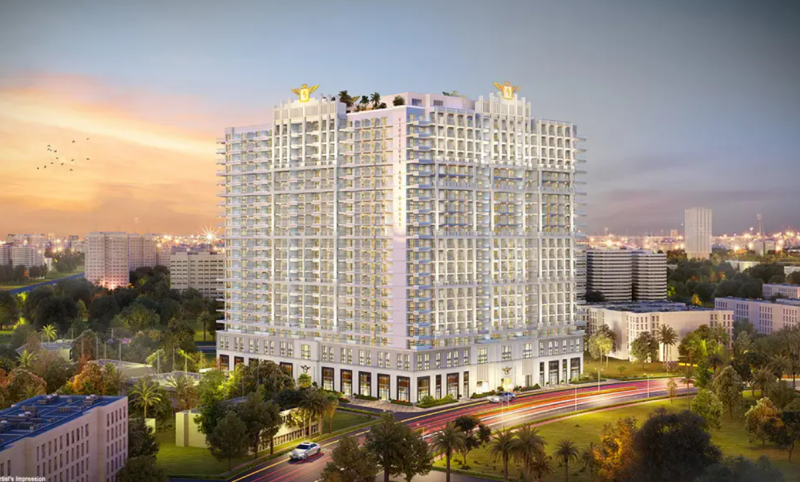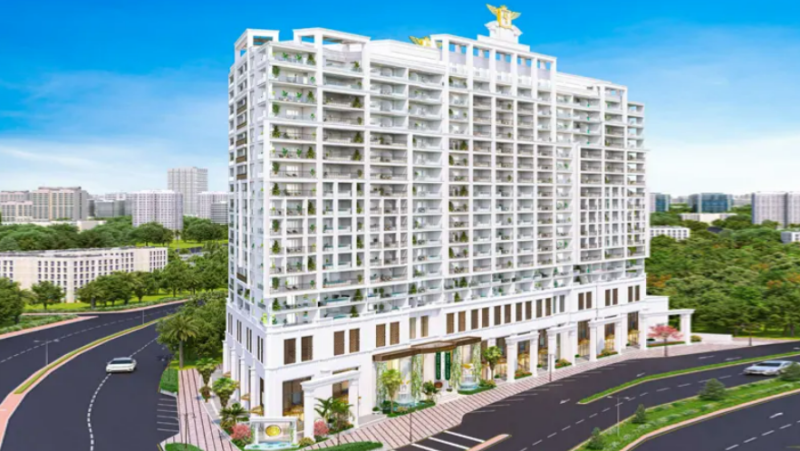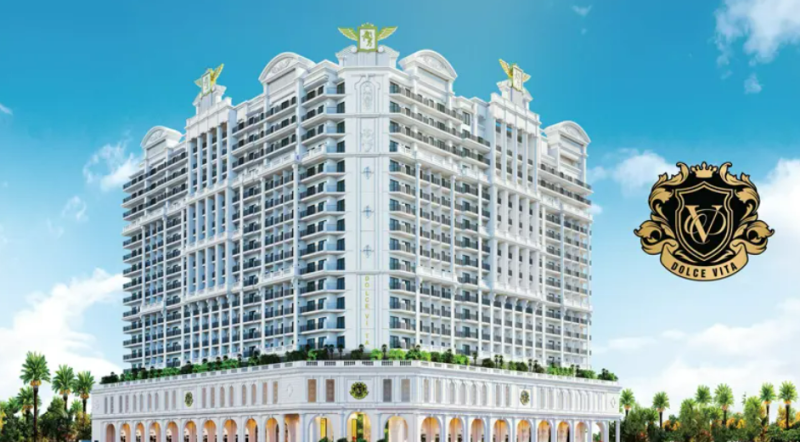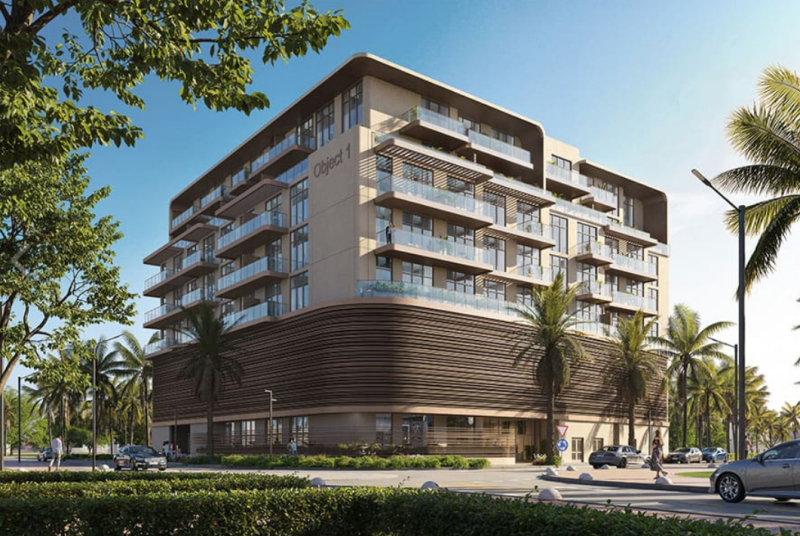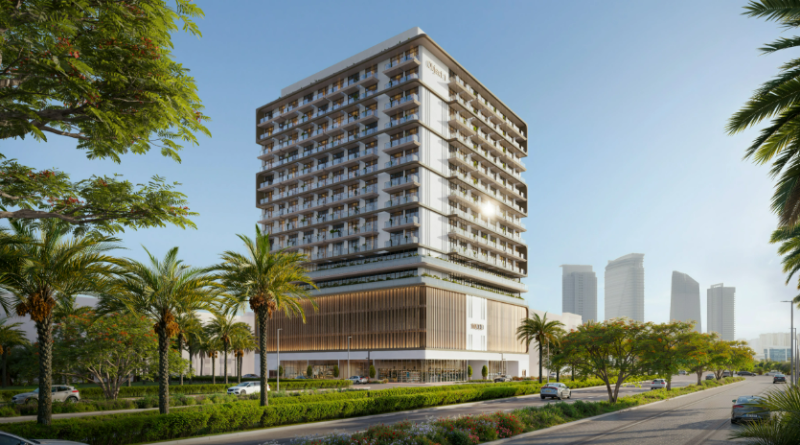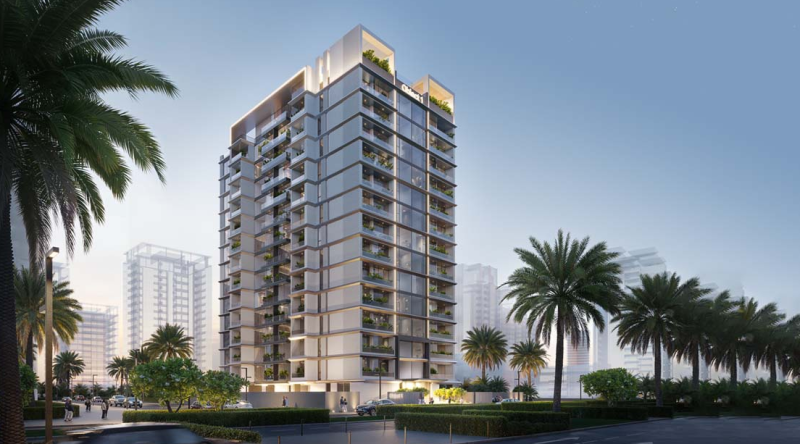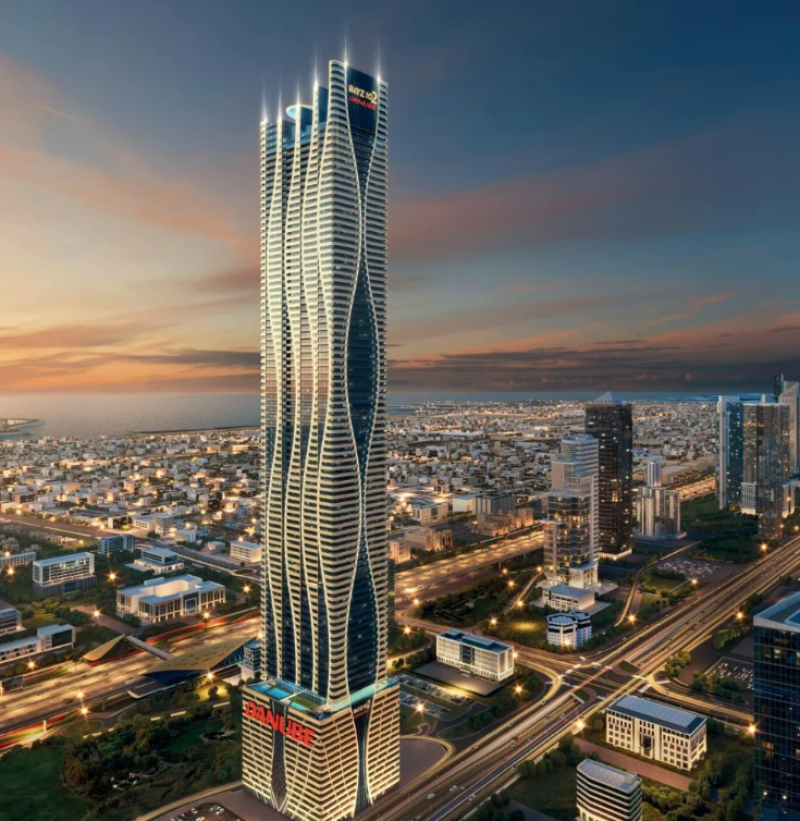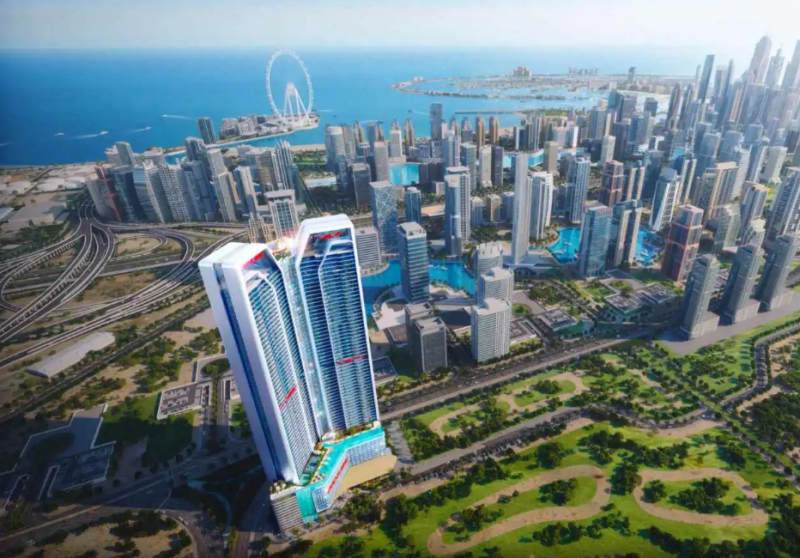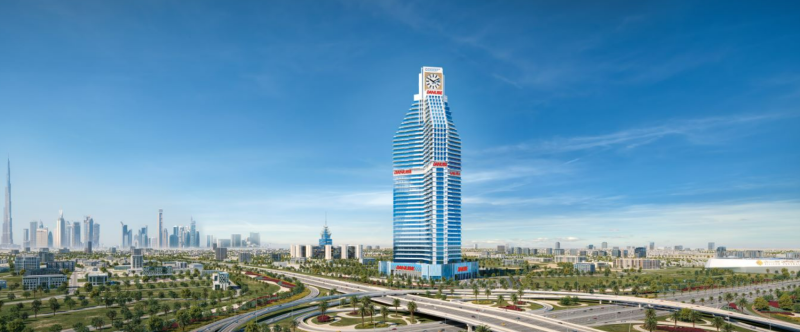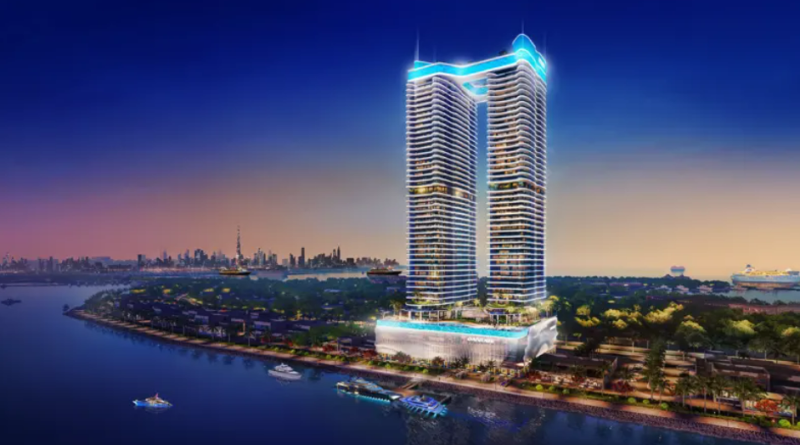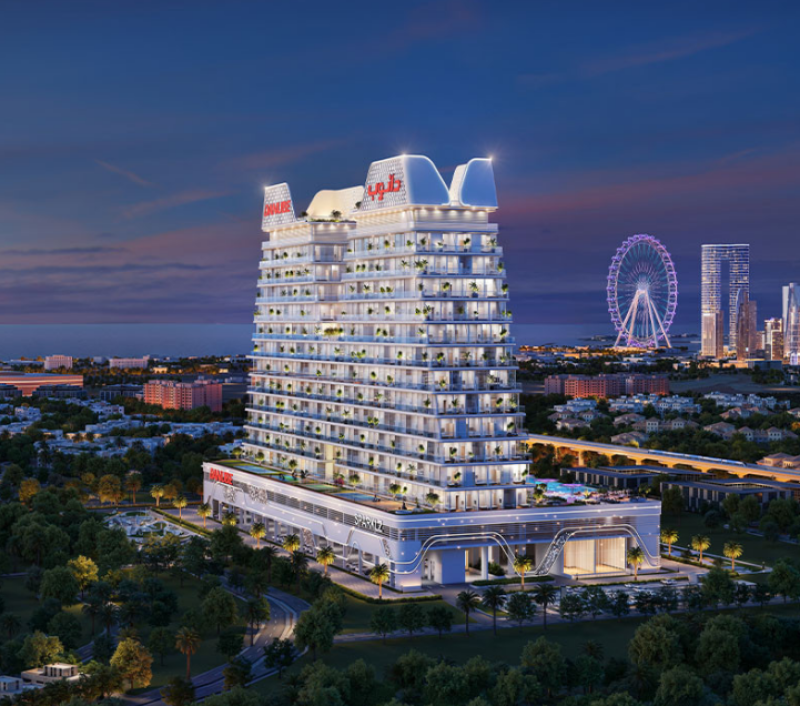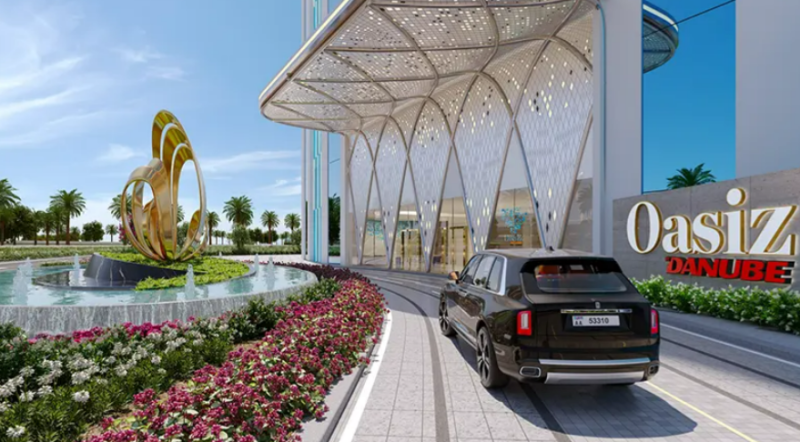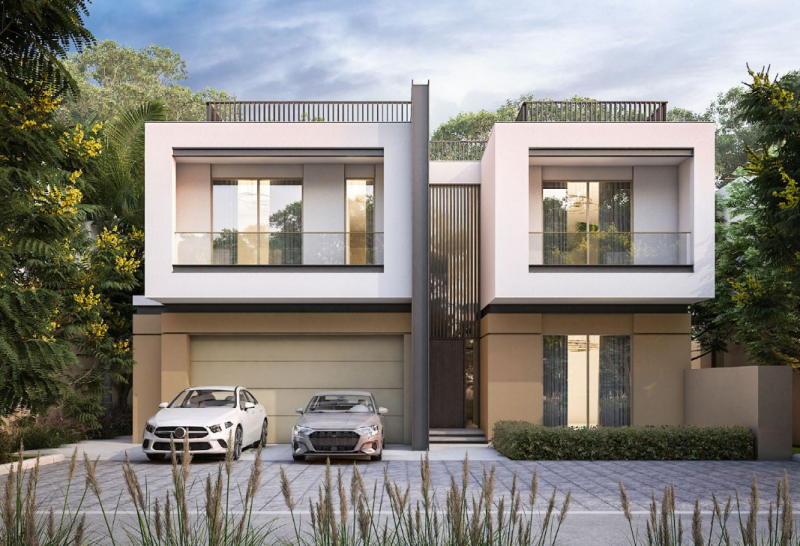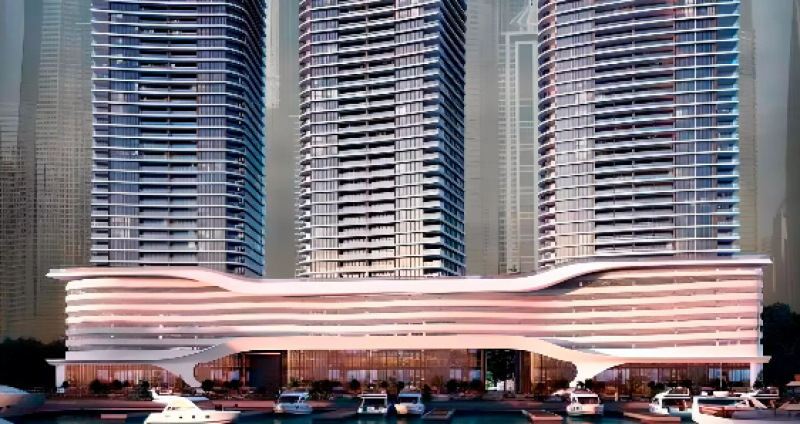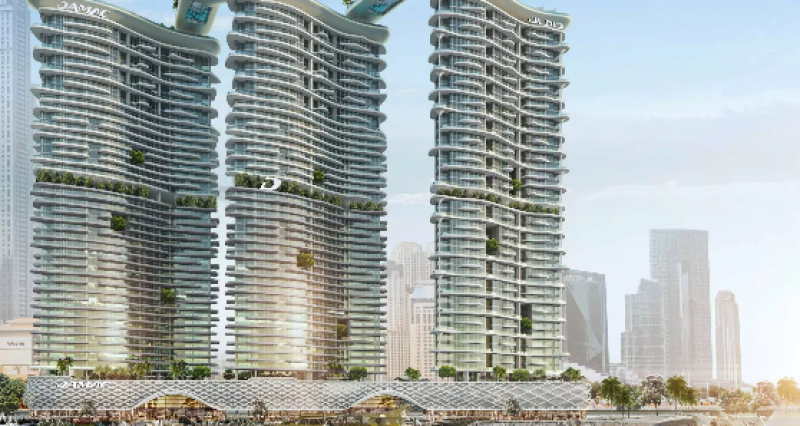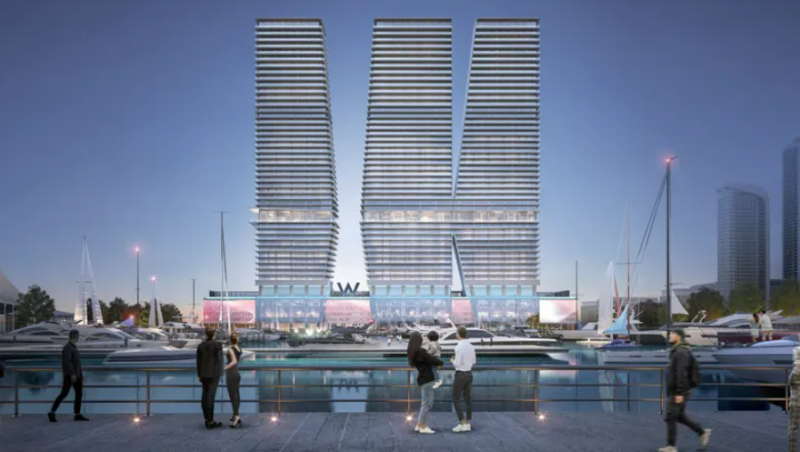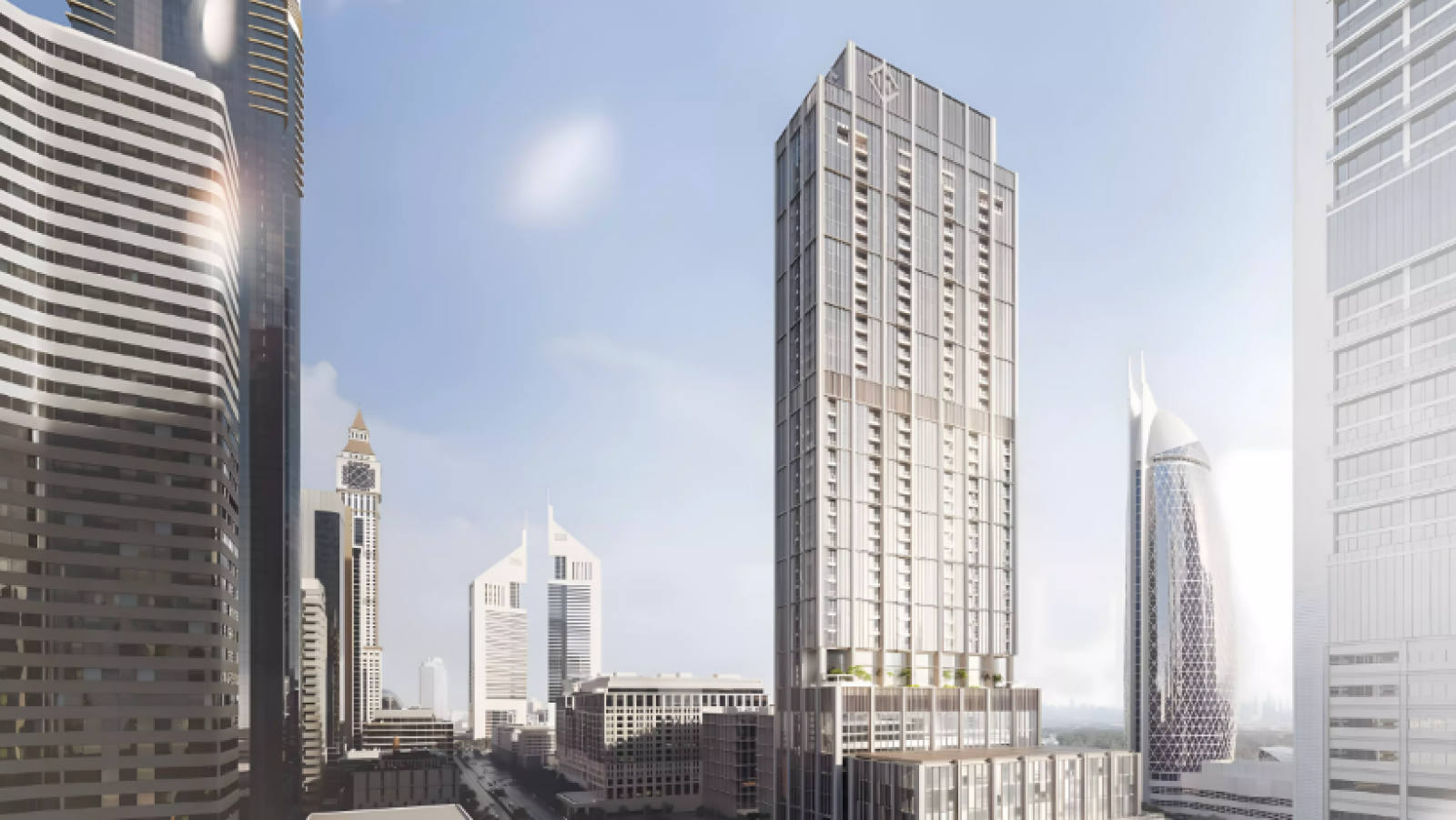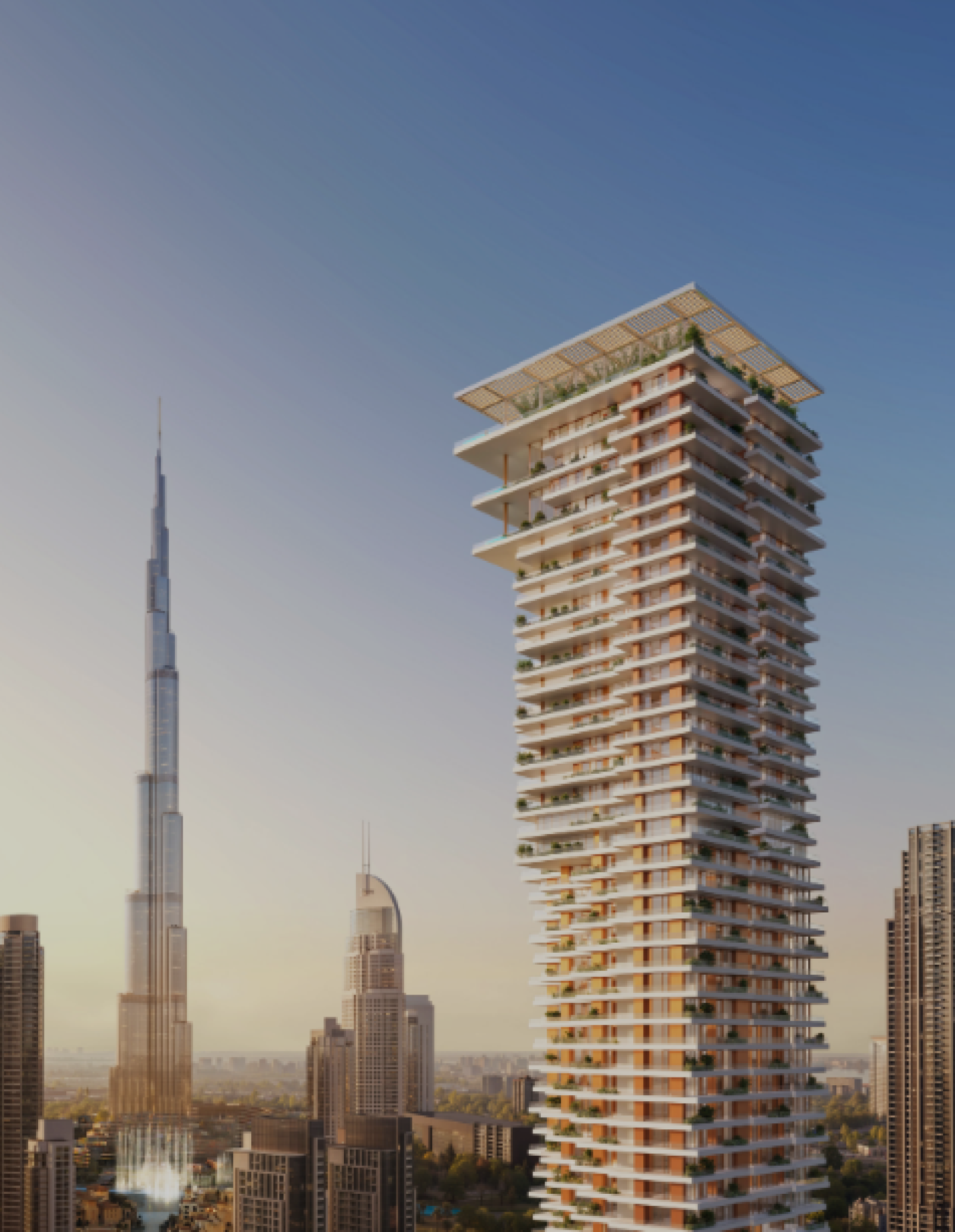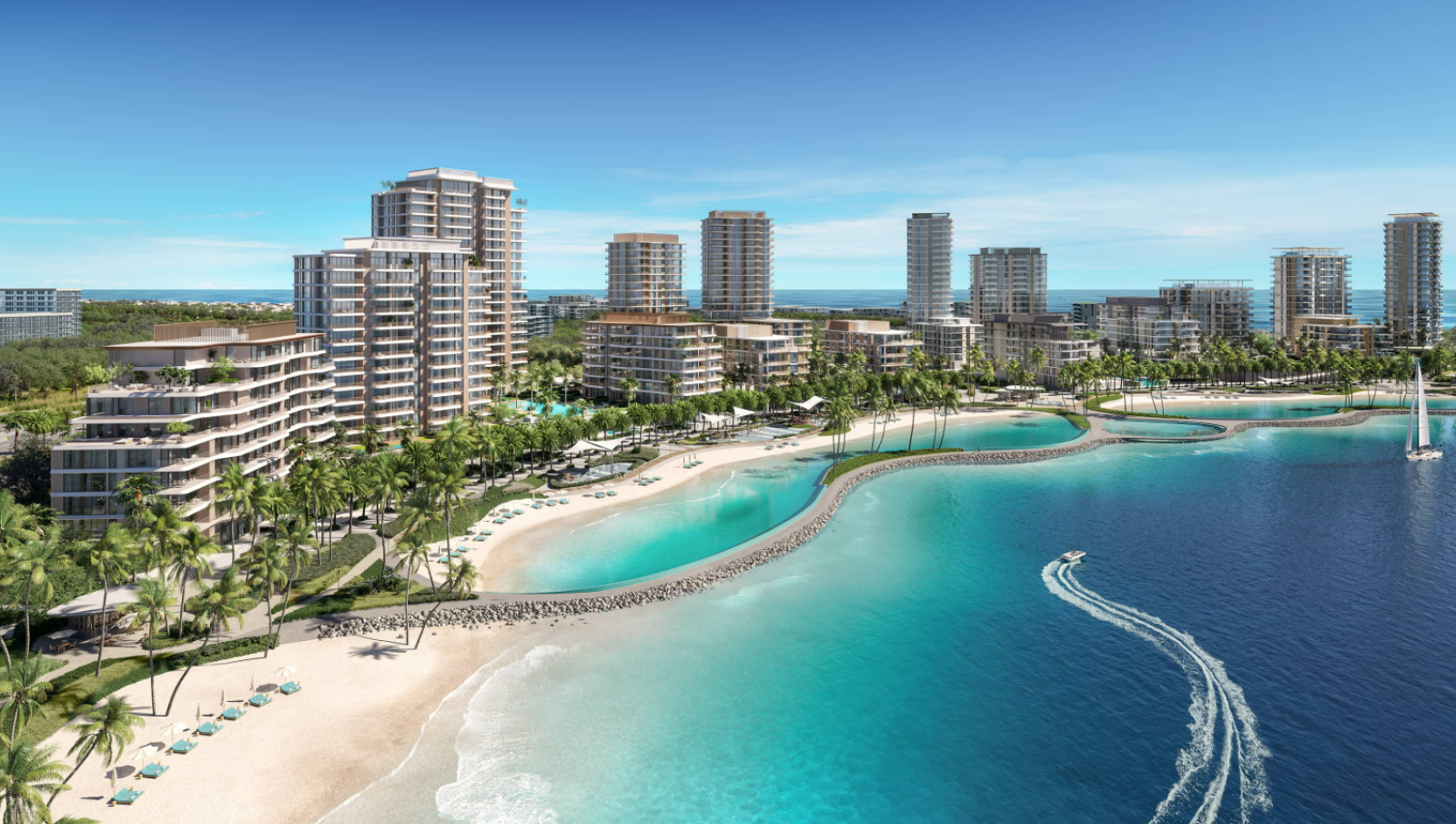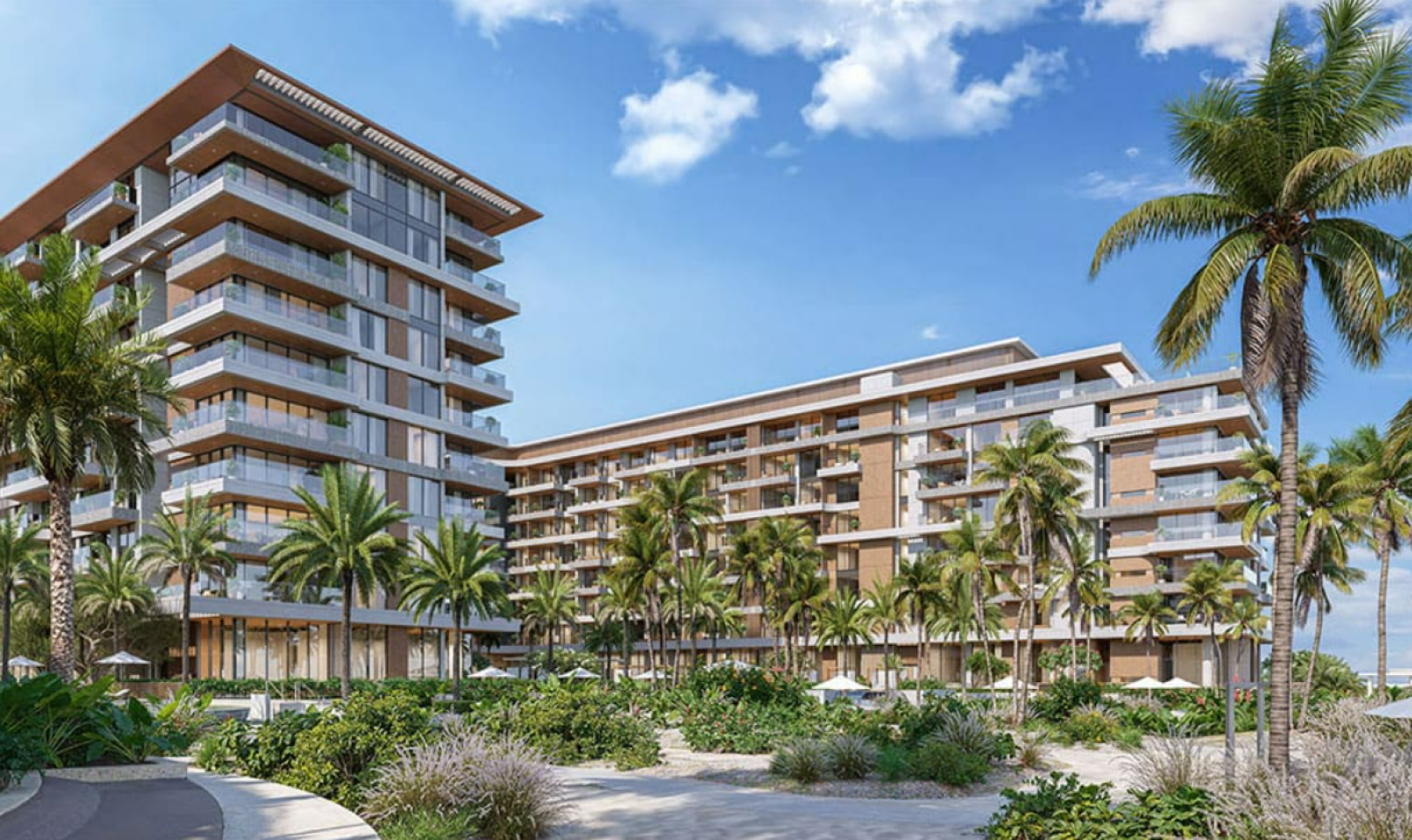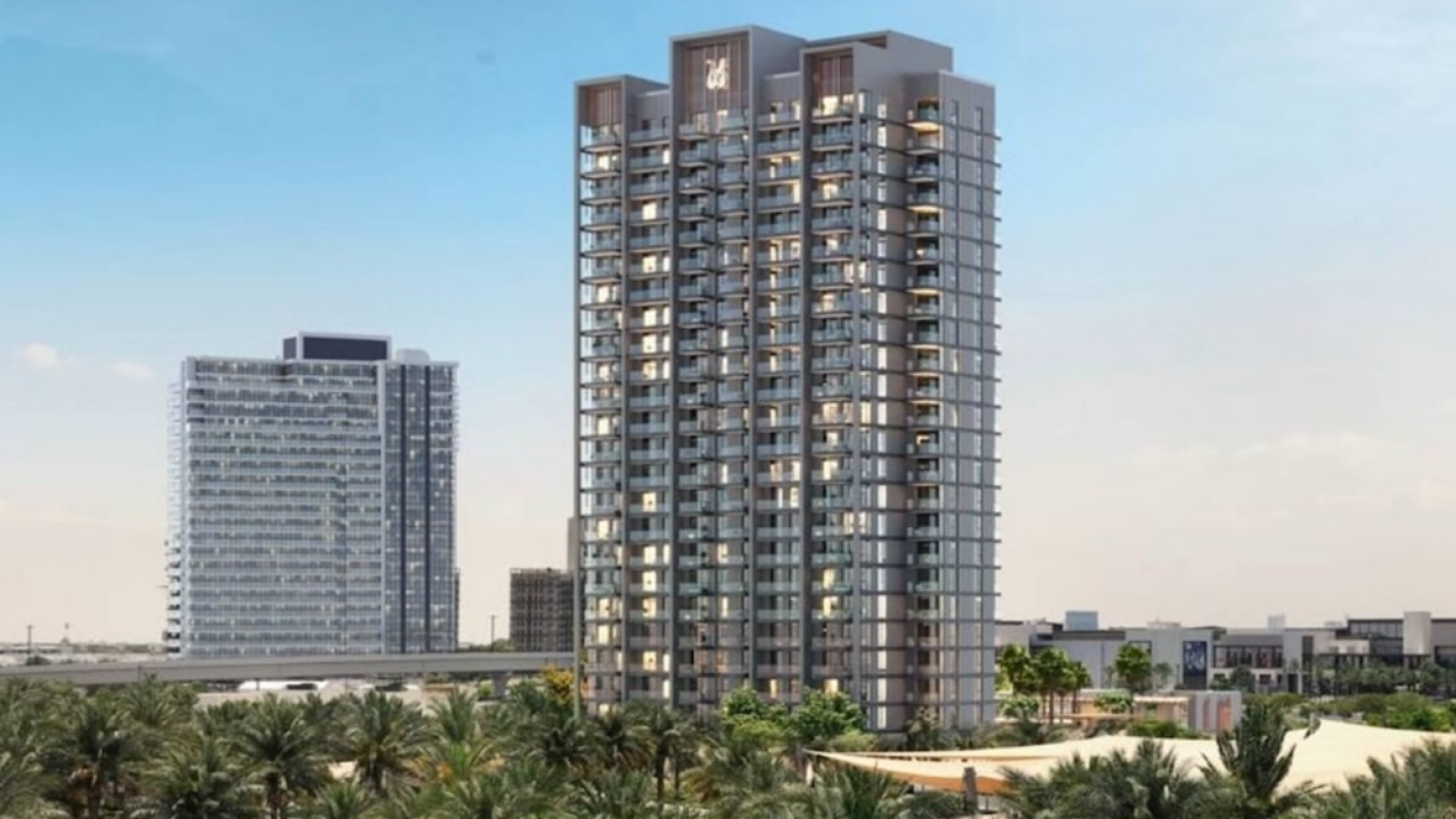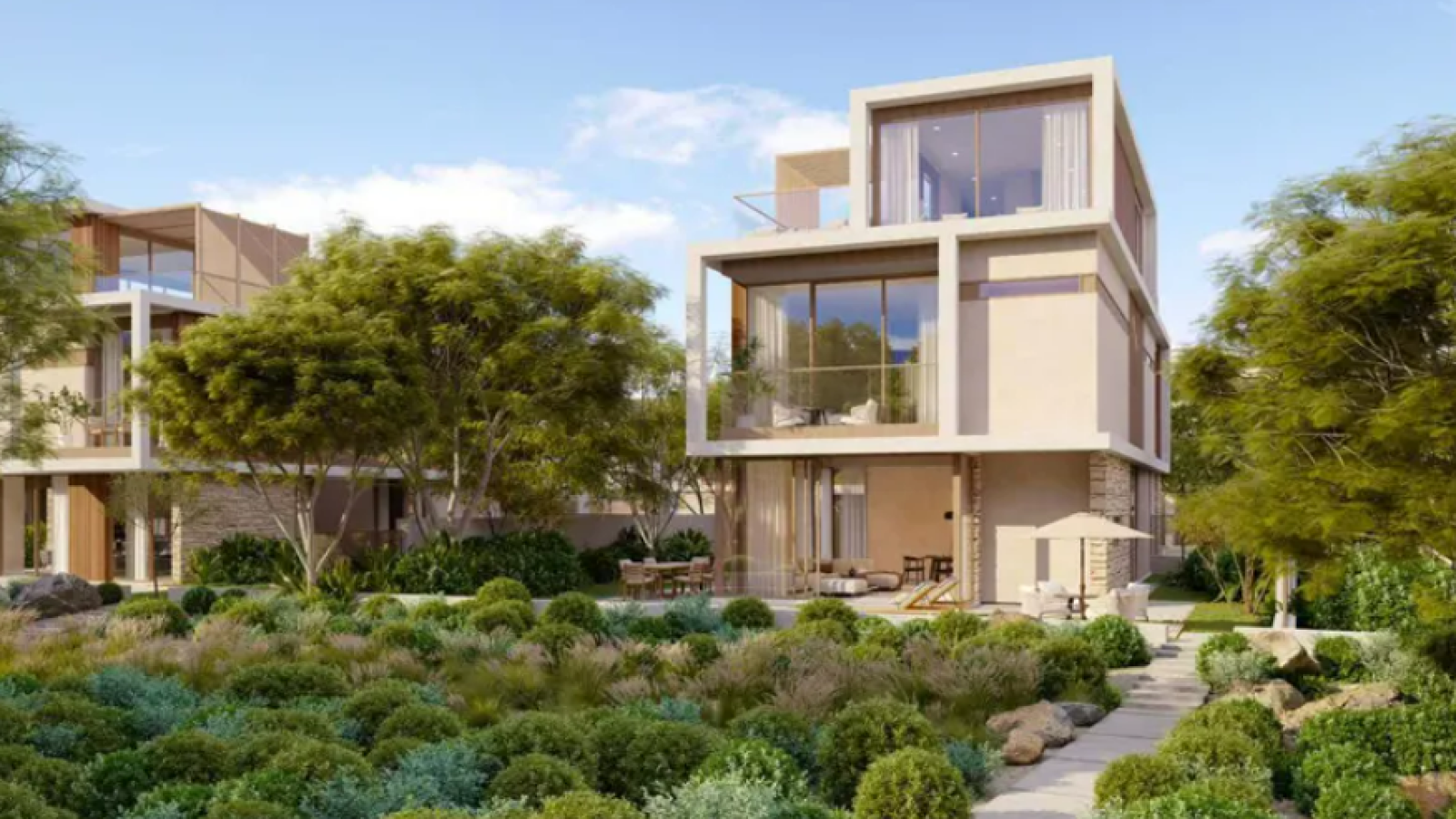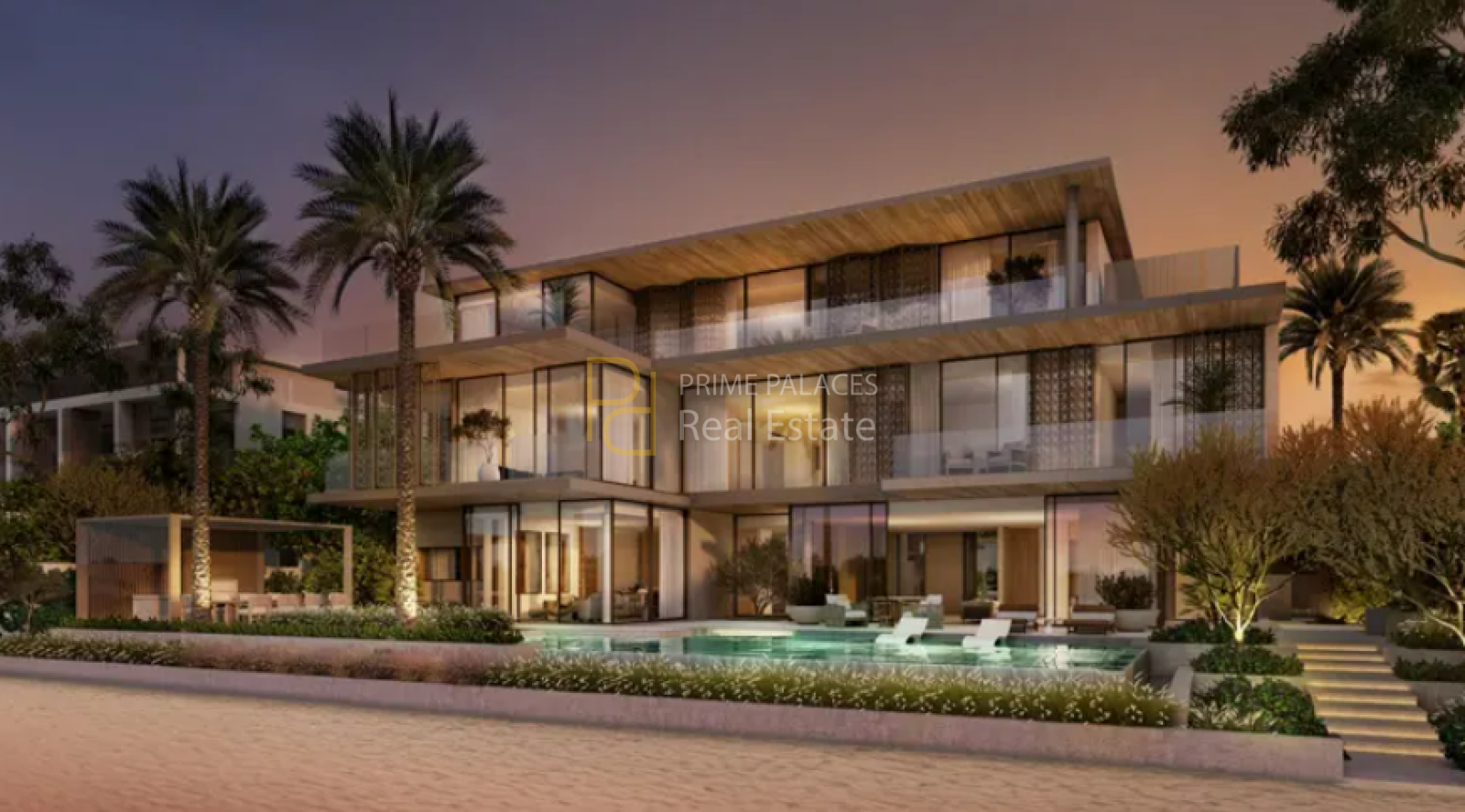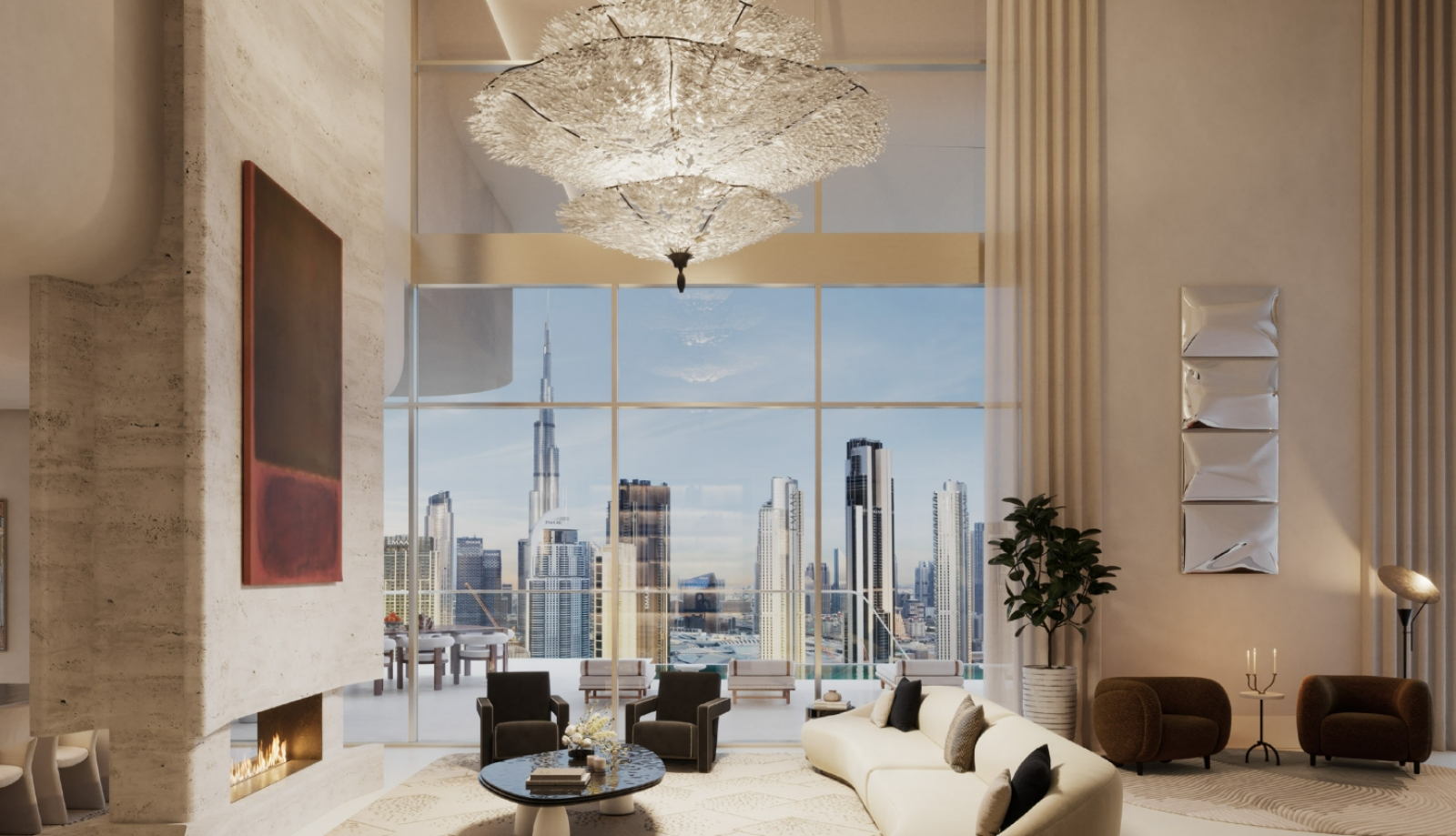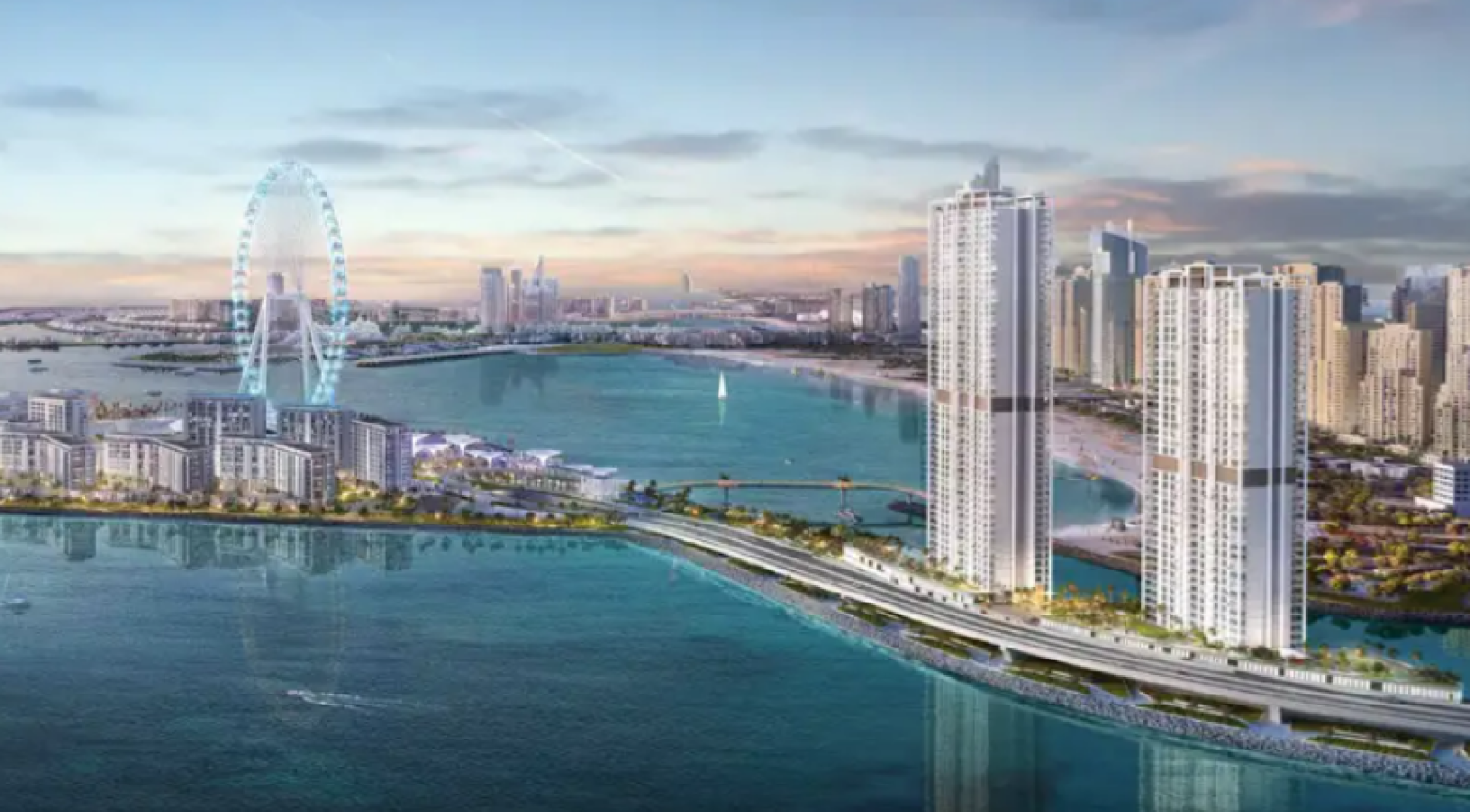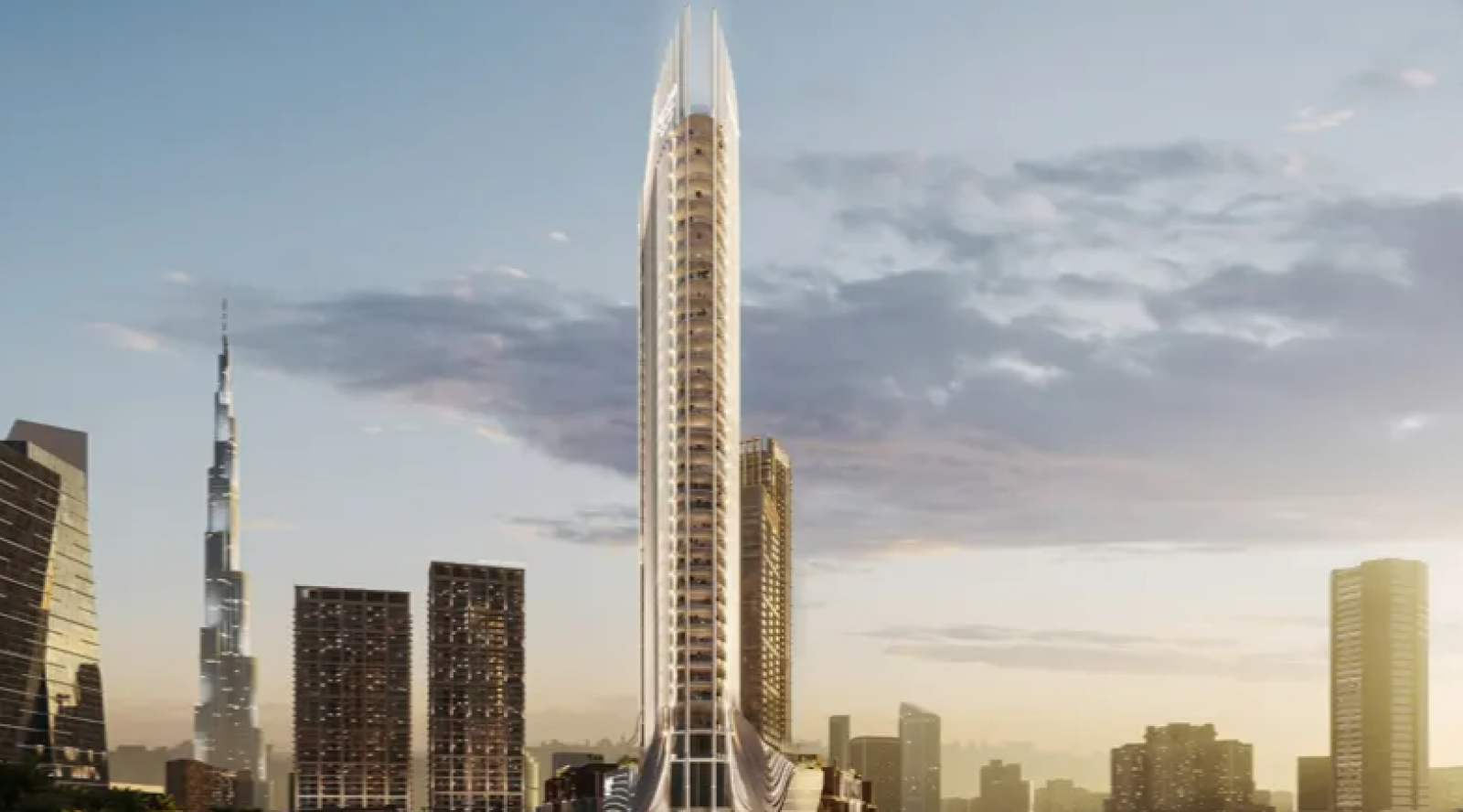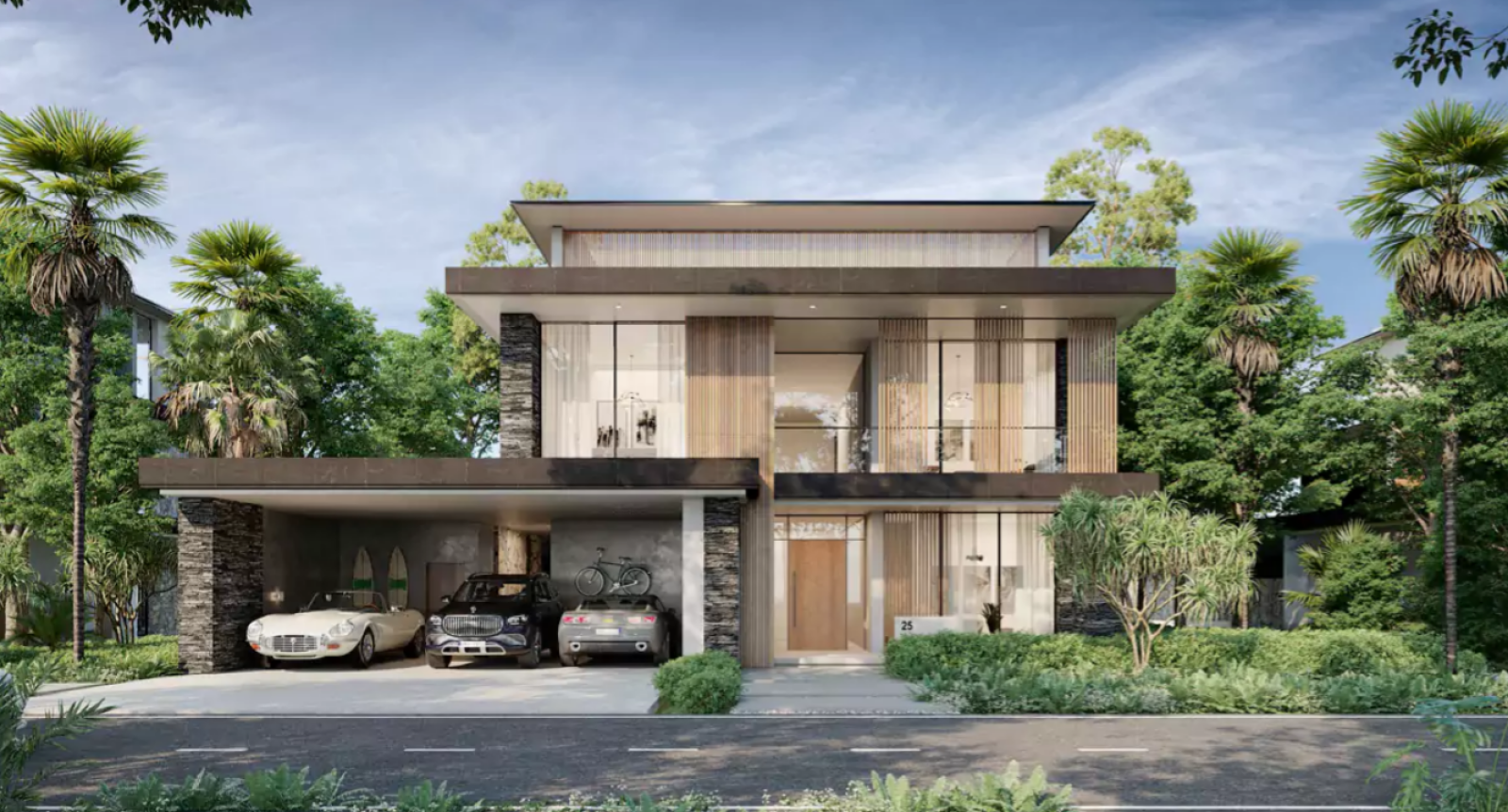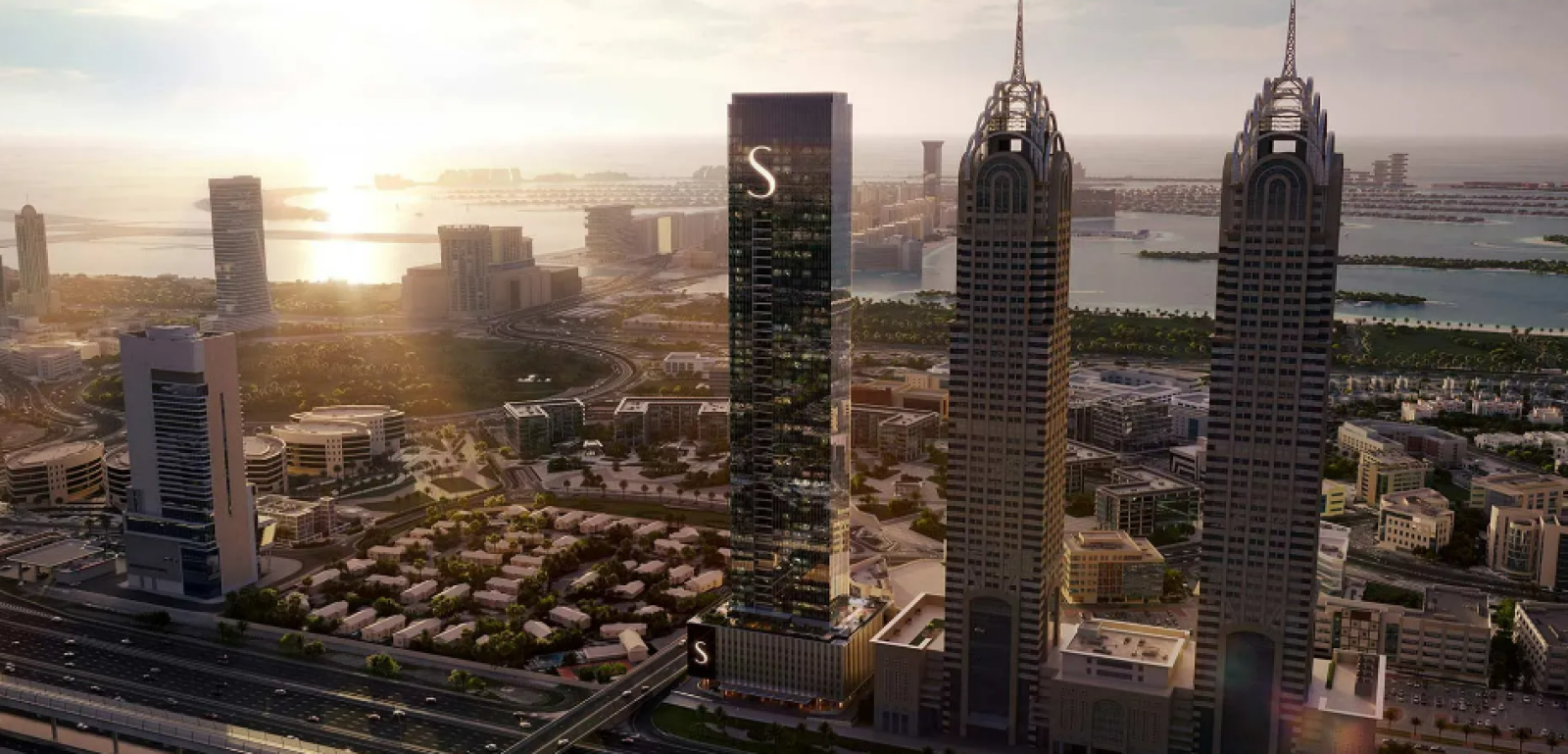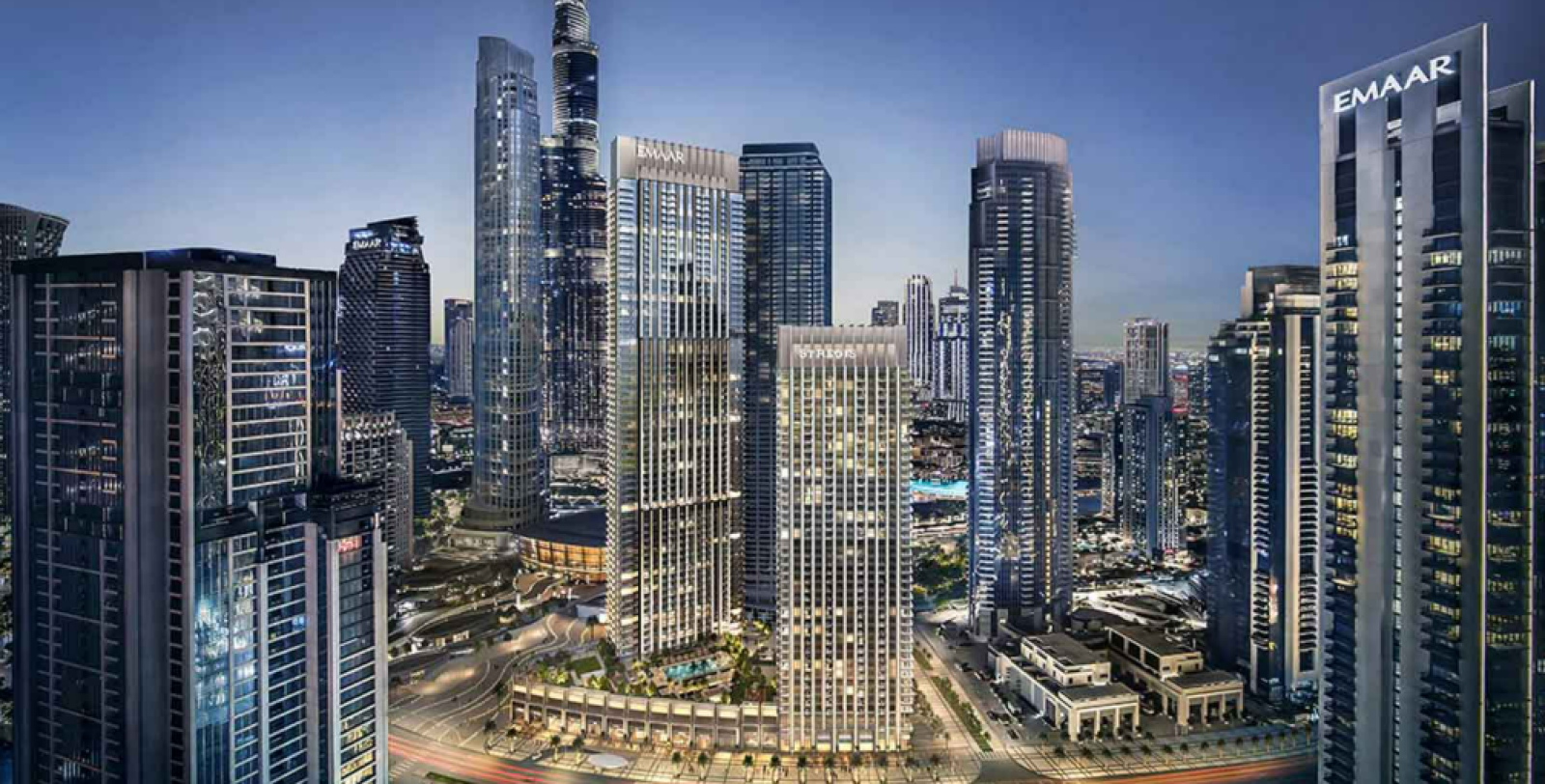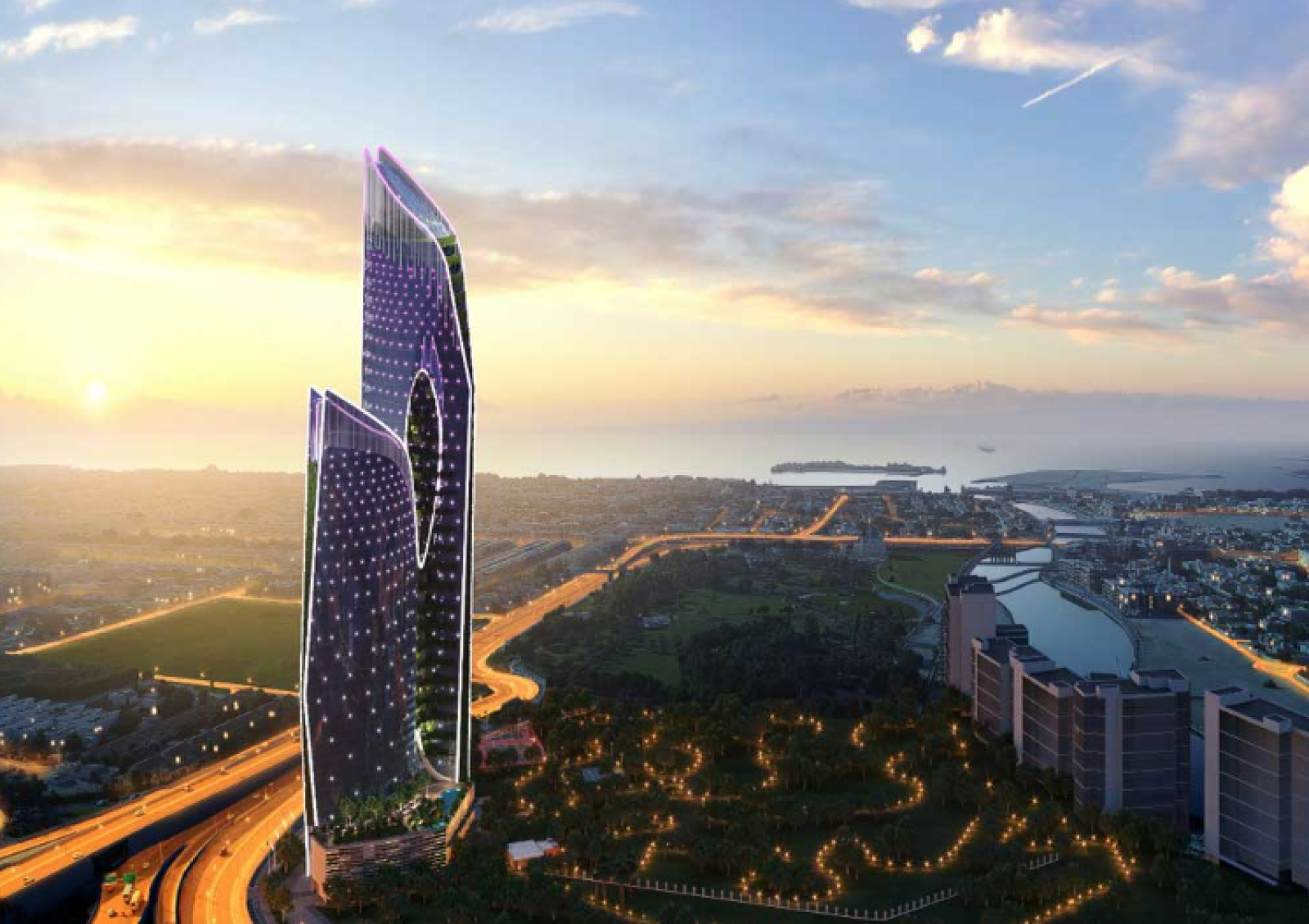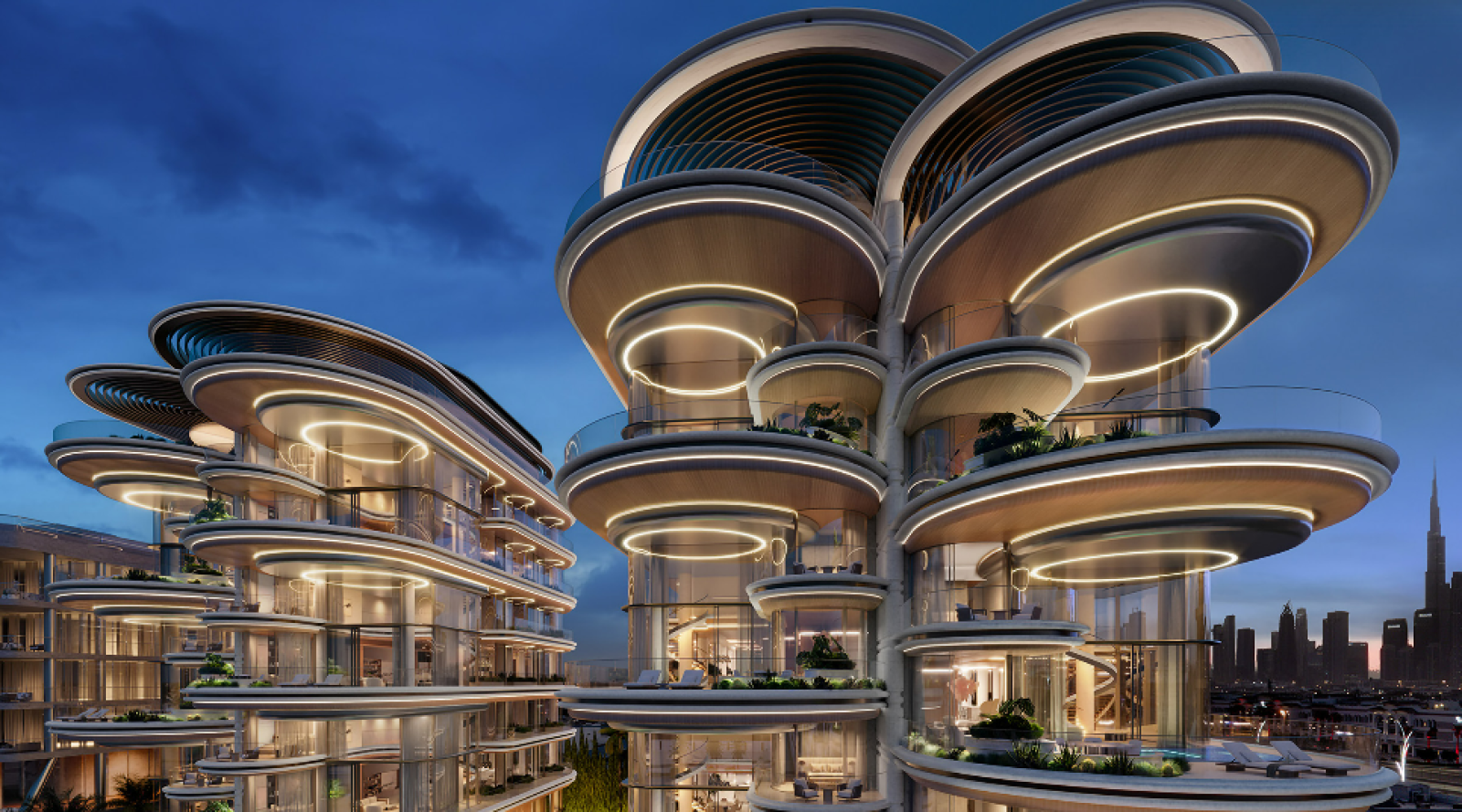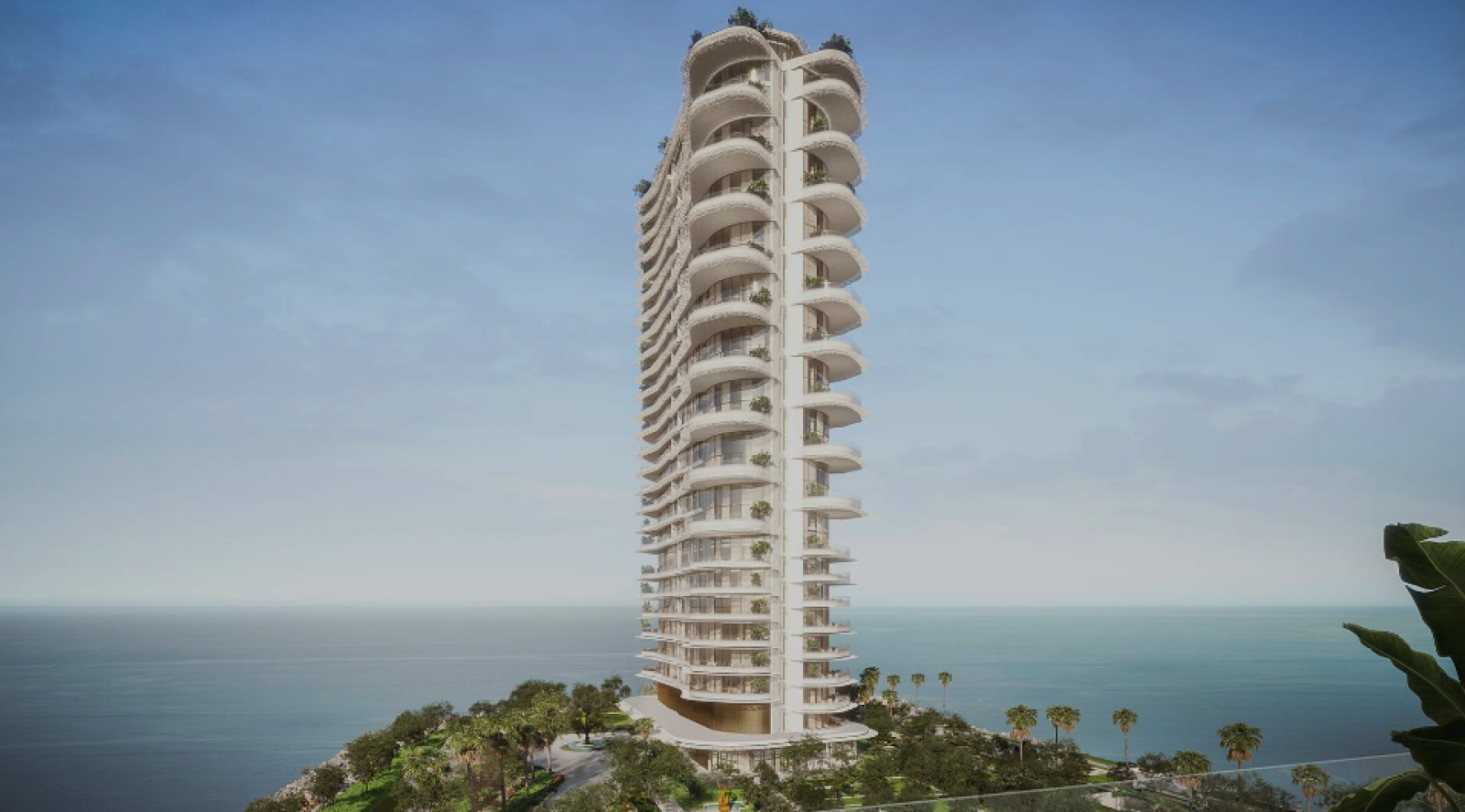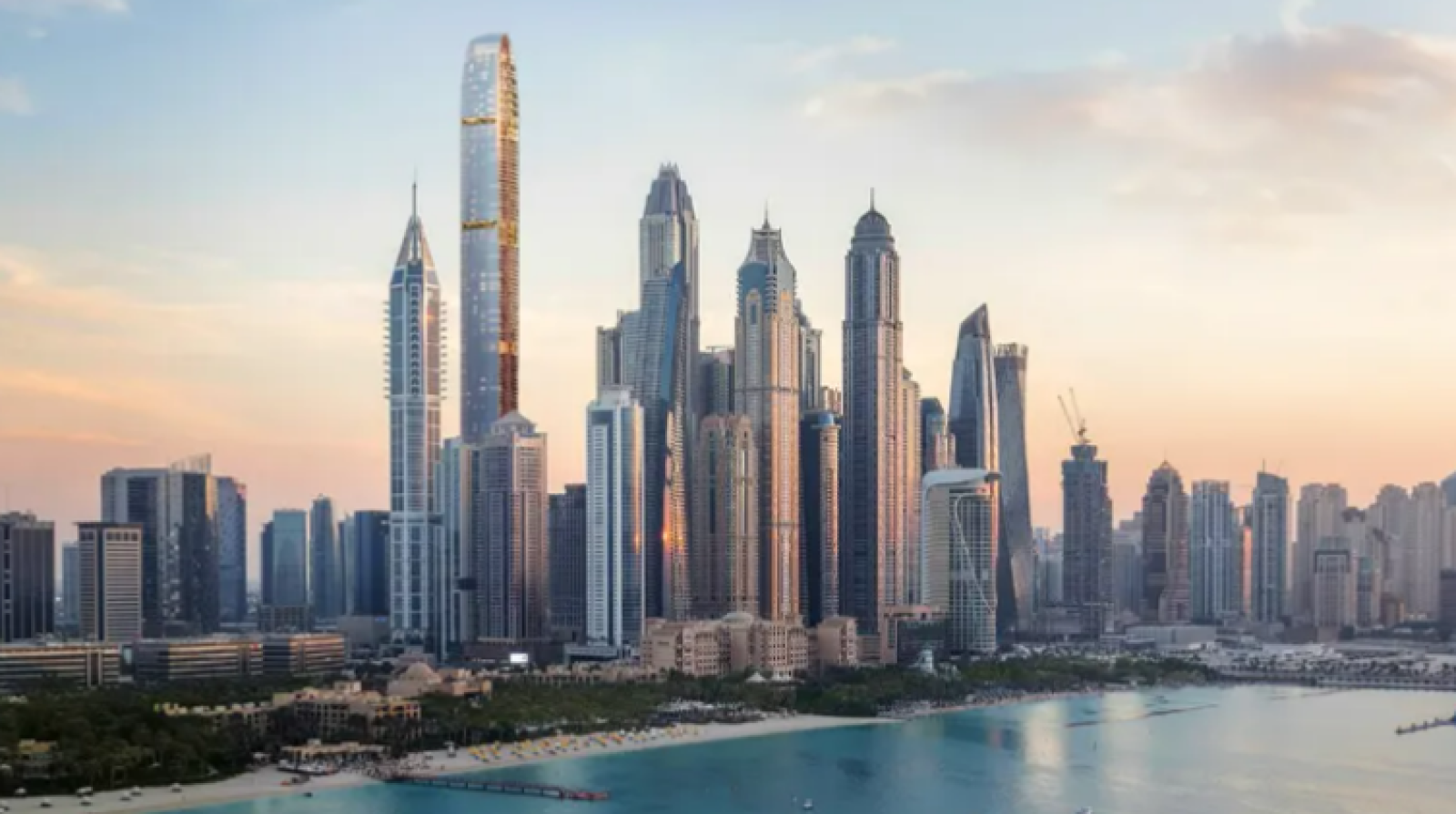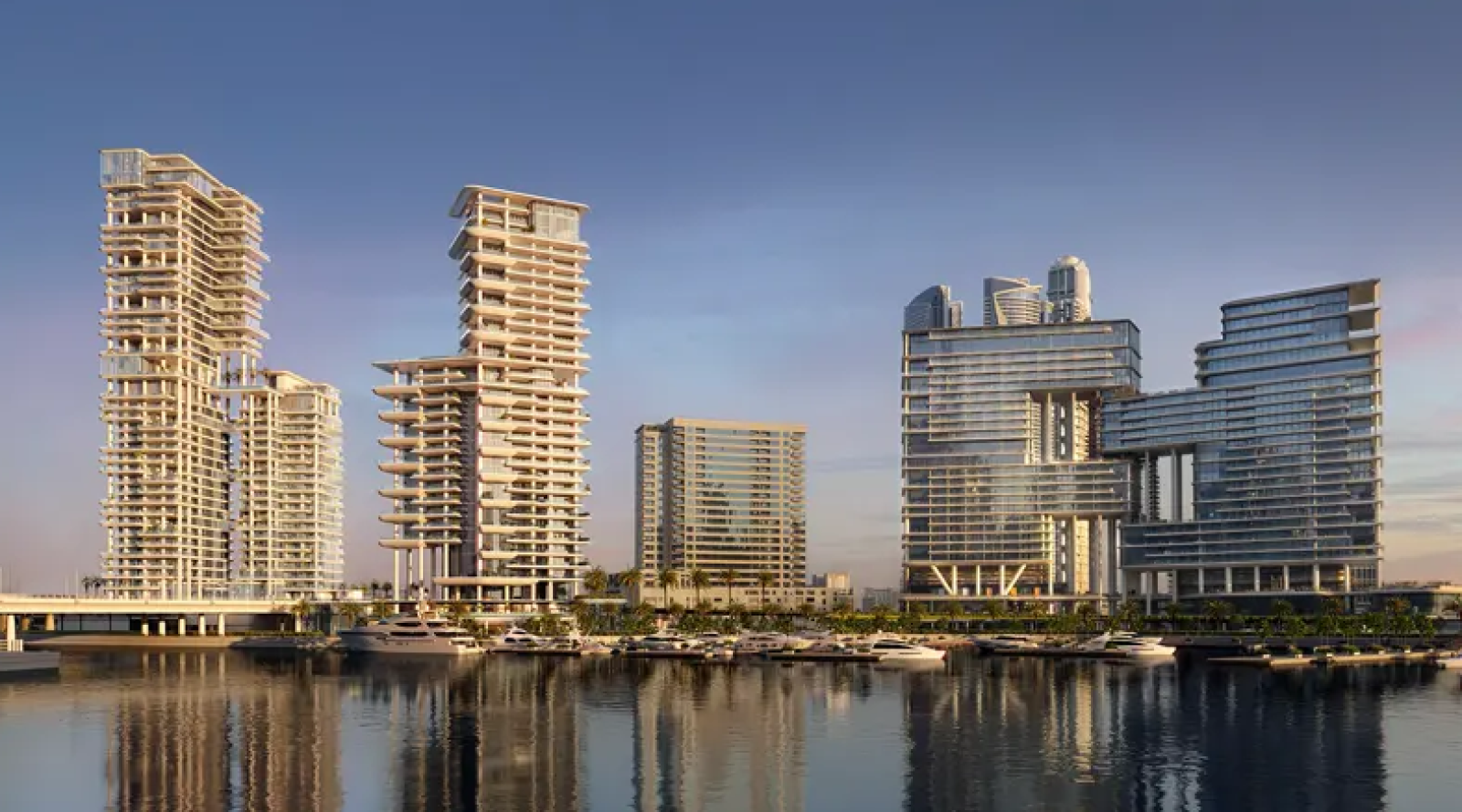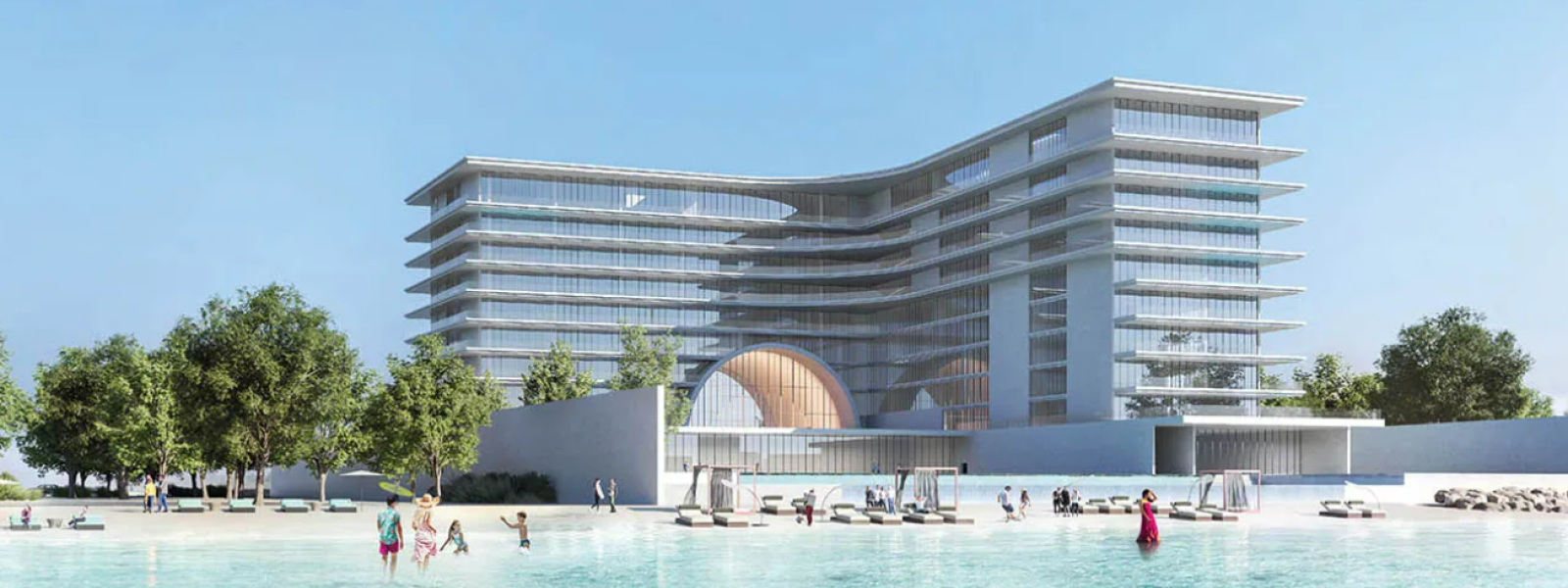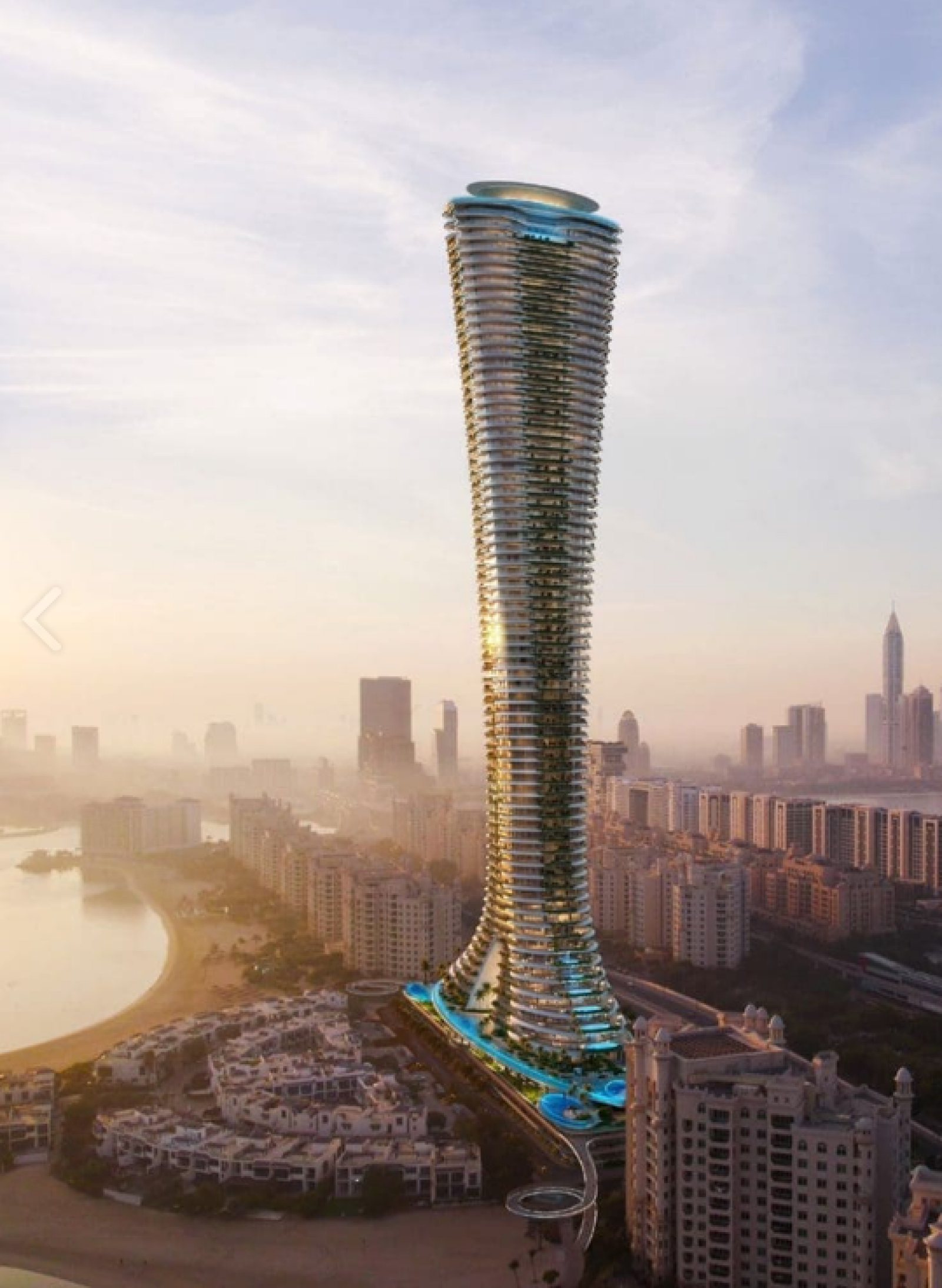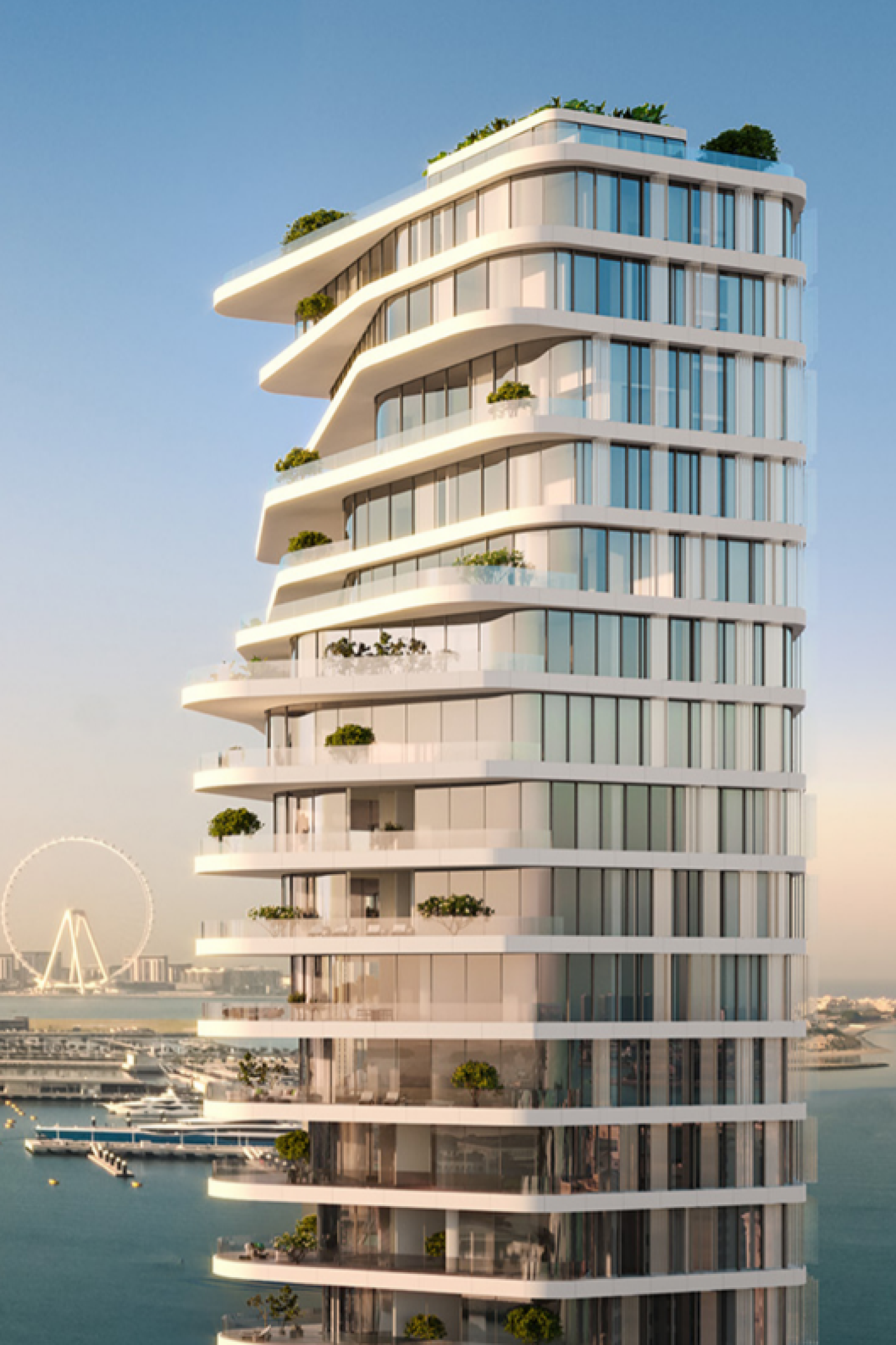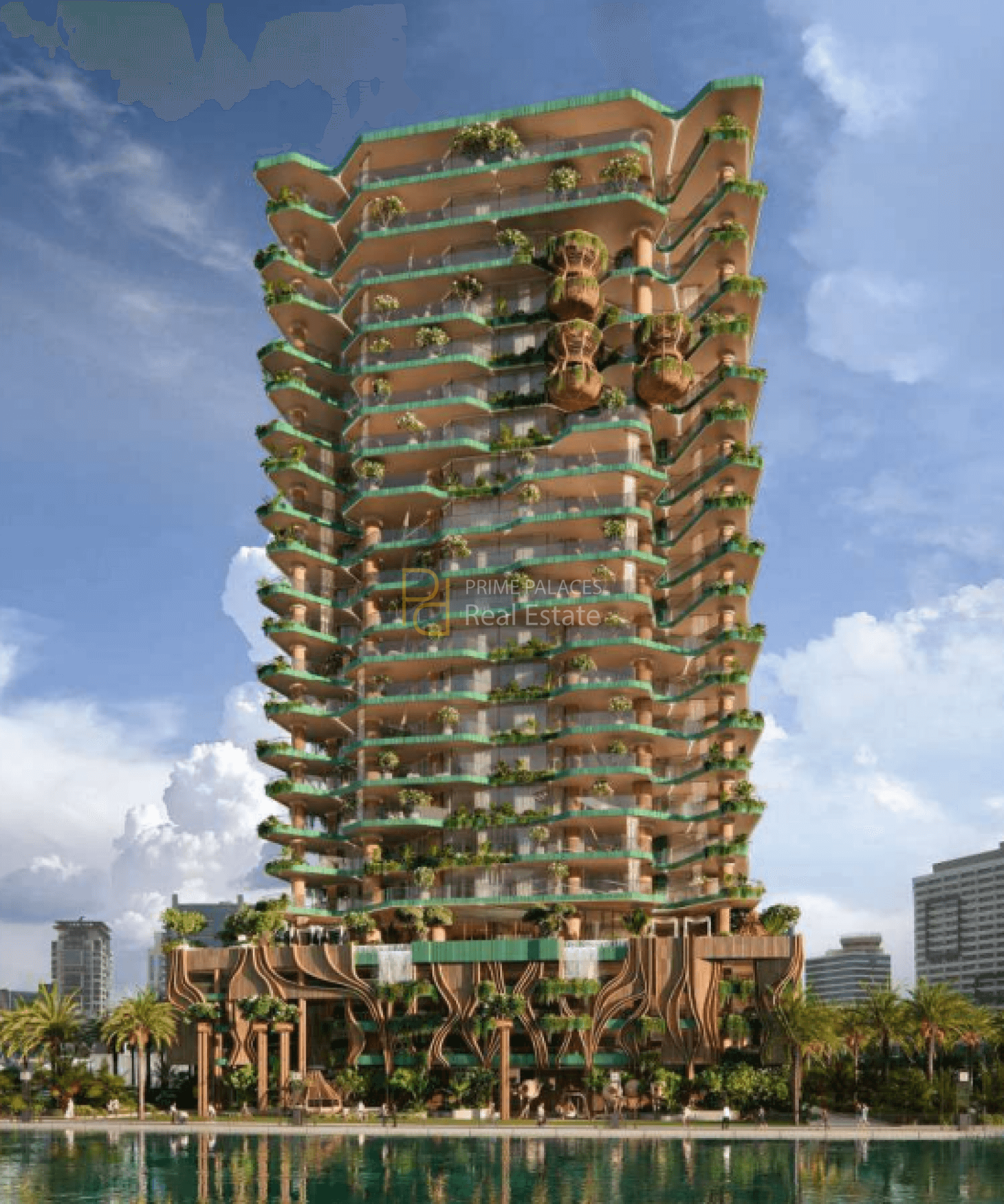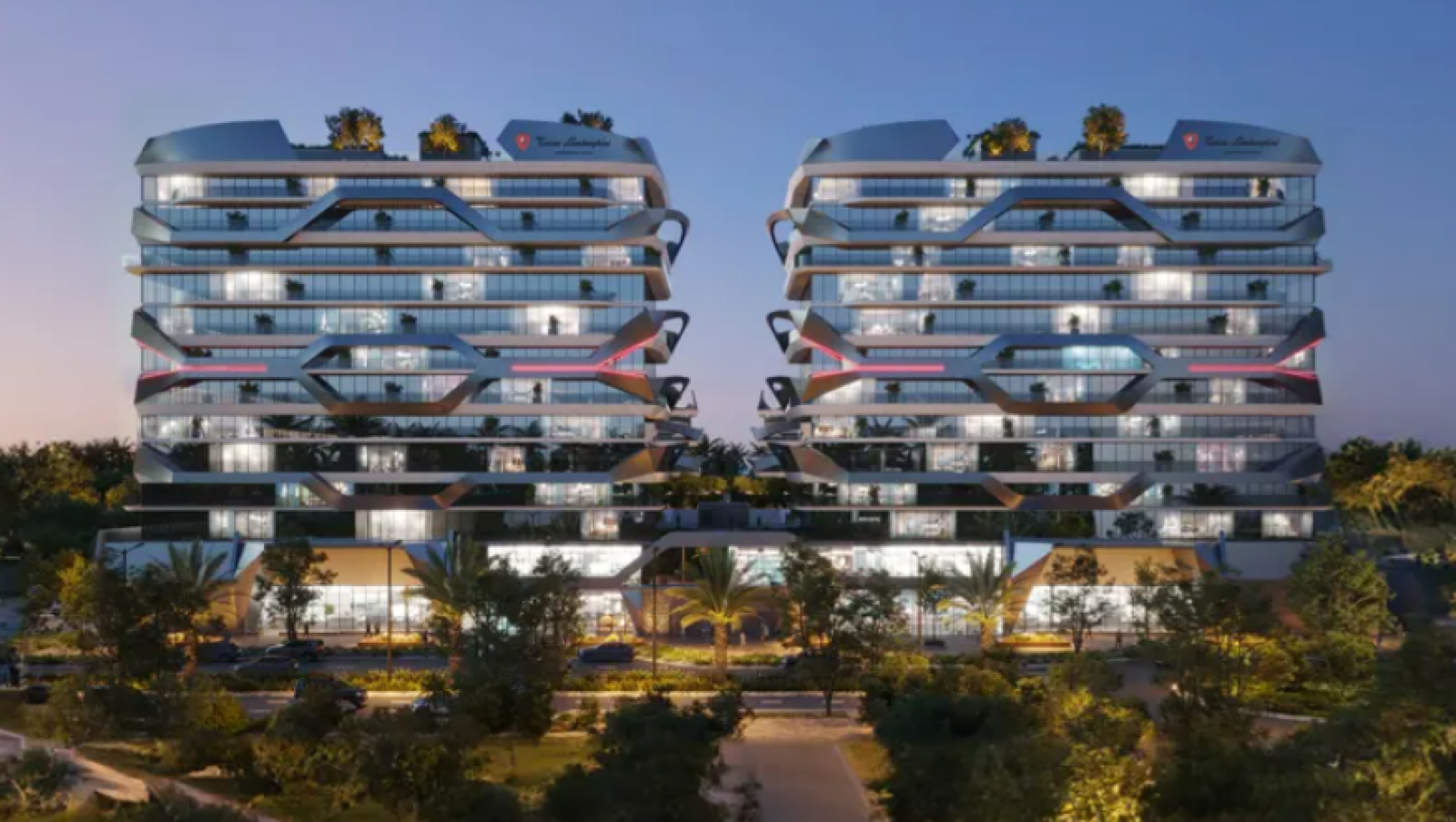Why It’s Difficult to Break the Record of the Burj Khalifa
Since its completion in 2010, the Burj Khalifa has held its position as the tallest building in the world at 828 meters. Despite technological advancements and ambitious announcements from rival cities, no completed structure has surpassed it. But why is that?
The answer lies in the exceptional blend of engineering complexity, economic scale, and long-term strategy required to construct anything of this magnitude. Here’s why breaking the record of the Burj Khalifa remains an immense challenge.
1. Engineering Limits and Structural Complexity
The Burj Khalifa’s height was achieved using a unique “buttressed core” structural system designed to manage immense wind loads and vertical stress. As buildings grow taller, they face exponentially greater challenges in:
-
Wind resistance and oscillation
-
Foundation depth and ground stability
-
Material flexibility and fatigue
-
Load-bearing efficiency at higher altitudes
Each additional meter increases the complexity of maintaining structural integrity—often at a cost that outweighs feasibility.
2. Escalating Construction Costs
Building supertall skyscrapers requires not only groundbreaking design but also vast financial investment. The Burj Khalifa cost approximately USD 1.5 billion to construct.
Any building that aims to surpass its height would require even more, with no guarantee of achieving proportional returns on investment. Developers must consider:
-
Skyrocketing material costs
-
Specialized construction technology
-
Extended project timelines
-
Risk of oversupply in luxury real estate segments
The financial barrier alone deters many from even attempting such projects.
3. Regulatory and Urban Planning Restrictions
Not all cities allow vertical expansion to this extent. Many global hubs have strict height regulations due to:
-
Air traffic paths
-
Historical preservation laws
-
Environmental impact concerns
-
Population density constraints
Dubai’s leadership and planning model gave developers the freedom to envision and execute the Burj Khalifa, a luxury not afforded in many other global cities.
4. Limited Commercial Viability
Supertall towers often struggle with long-term profitability. A significant portion of space at extreme altitudes is difficult to lease or sell due to:
-
High construction and maintenance costs
-
Elevator and access inefficiencies
-
Safety system complexities
-
Lower usable floor area relative to cost
Without a mix of high-ROI functions like tourism, hotels, branded residences, and commercial leasing, surpassing the Burj Khalifa’s height becomes an expensive vanity project rather than a viable investment.
5. Symbolic Dominance and Global Recognition
The Burj Khalifa is more than a skyscraper—it is a national and global symbol. It has become synonymous with Dubai’s rise and visionary leadership.
Even if another tower were to surpass it in height, the symbolic dominance of the Burj would remain intact due to:
-
Its central location in Downtown Dubai
-
Ongoing real estate relevance
-
Status as a global tourist attraction
-
Integration into the city’s identity
This iconic presence is difficult to match, let alone replace.
Conclusion
Breaking the record of the Burj Khalifa isn’t just about going taller—it’s about solving an intricate puzzle of engineering, economics, and urban purpose. Few cities possess the ambition, freedom, and financial resources that aligned so perfectly in Dubai. Until another city replicates those conditions, the Burj Khalifa will likely remain unchallenged at the top of the world’s skyline.

